Welcome to ViewSpace
Hero interactive.

Explore the Universe with Interactives and Videos

About ViewSpace
What is viewspace.
ViewSpace is a free, web-based collection of digital interactives and videos highlighting the latest developments in astronomy and Earth science.
ViewSpace gives you the opportunity to explore our planet, solar system, galaxy, and universe. Provided free with the support of NASA, ViewSpace is developed by a team of scientists, educators, and communication specialists who collaborate to ensure that content is accurate, up-to-date, engaging, relevant, and accessible to a wide audience.
Interactives
ViewSpace interactives allow you to explore objects and materials from different perspectives, discovering how we can combine information to better understand the universe.
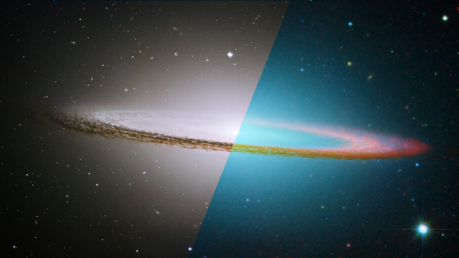
Different forms of light: Explore visible and invisible wavelengths of light that help us understand features like the dusty brim of the Sombrero Galaxy roughly 30 million light-years away.
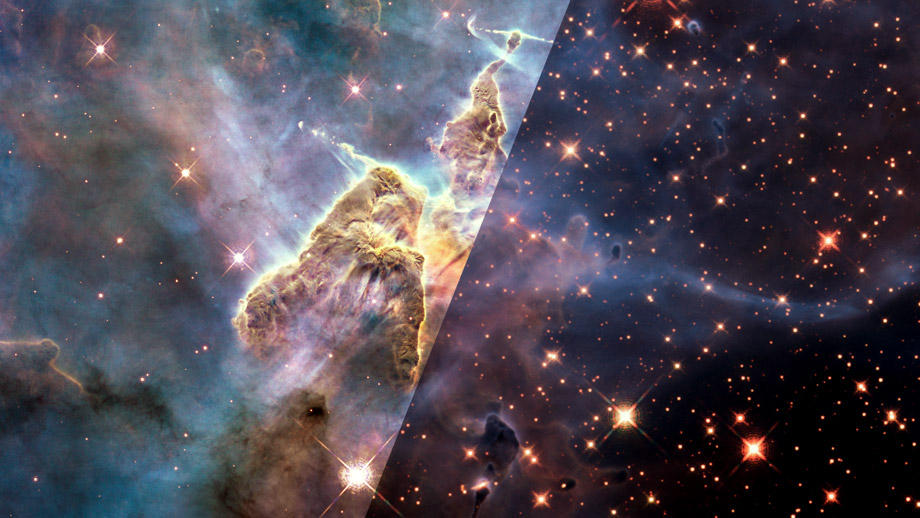
Hidden objects: Unveil invisible light to reveal hidden objects like the stars forming inside Mystic Mountain, a pillar of gas and dust 7,500 light-years from Earth.
ViewSpace videos tell the stories of the planets, stars, galaxies, and universe, giving viewers the opportunity to experience space and Earth as seen with satellites and telescopes.
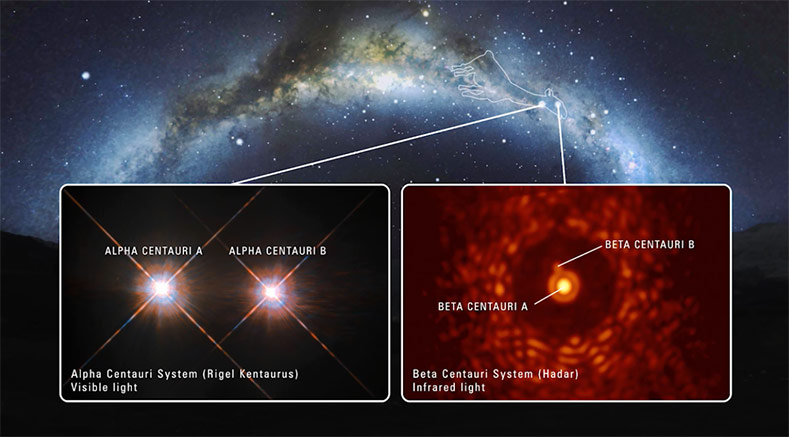
Astronomy: Explore the sky with stories told through spectacular imagery from space telescopes.
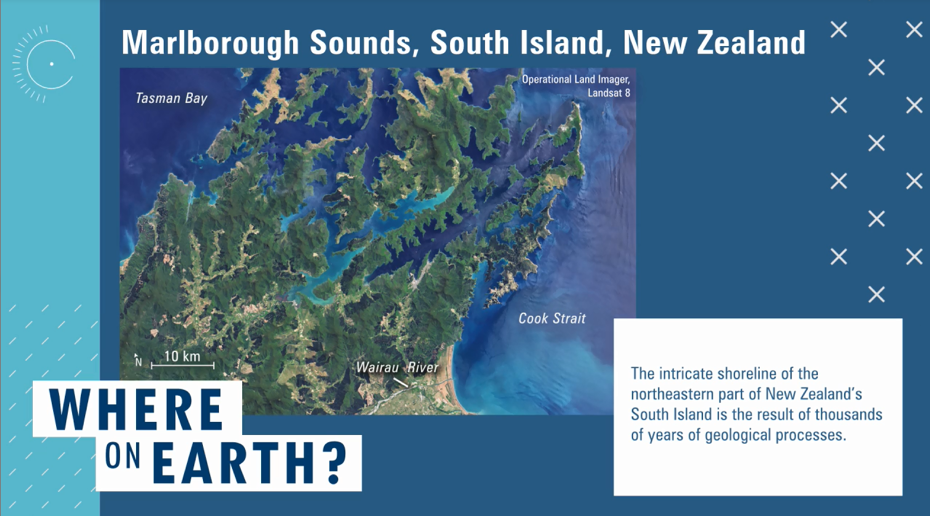
Earth science: Gain new perspectives on our home planet based on data gathered by Earth-orbiting satellites.
ViewSpace is produced by the Office of Public Outreach at the Space Telescope Science Institute , in partnership with the NASA's Universe of Learning project and NASA's Earth Observing System, Hubble Space Telescope Project, and James Webb Space Telescope Project.
ViewSpace has been exhibited in museums, planetariums, and science centers across the country since 2000.
What Will You Explore?
The Latest Discoveries in Astronomy and Astrophysics
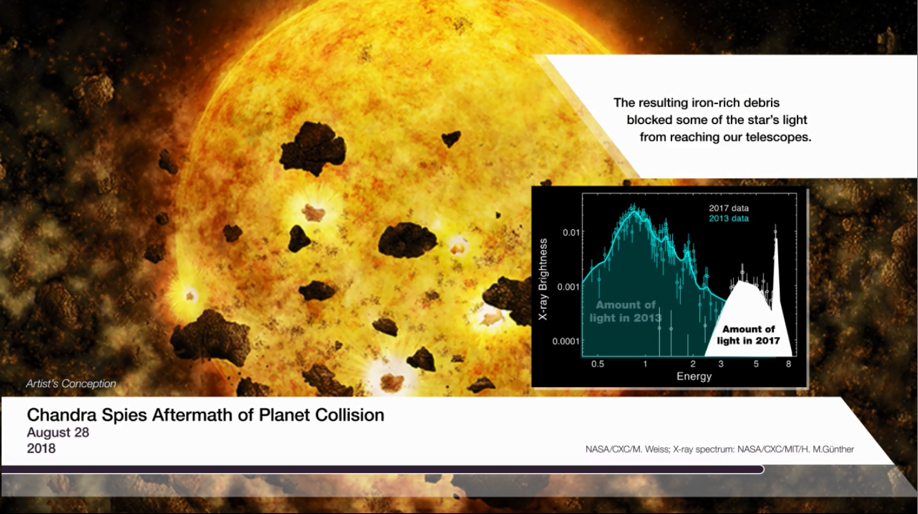
Recent Natural Events and Satellite Views of Earth
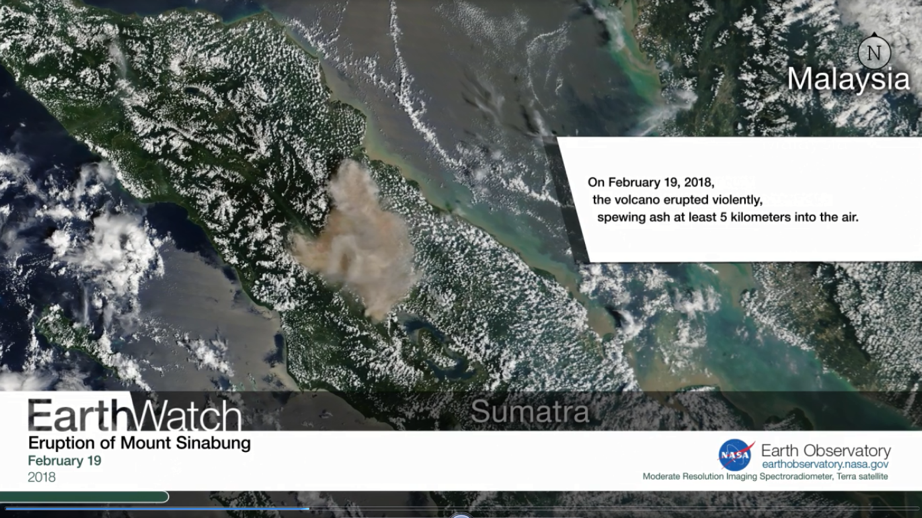
In-depth Stories of How Science and the Universe Work
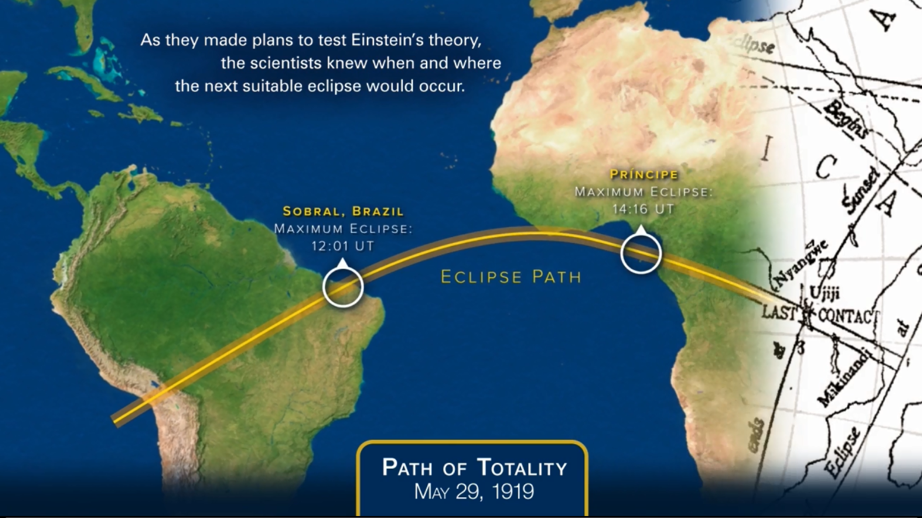
Stunning Imagery and Accessible Explanations
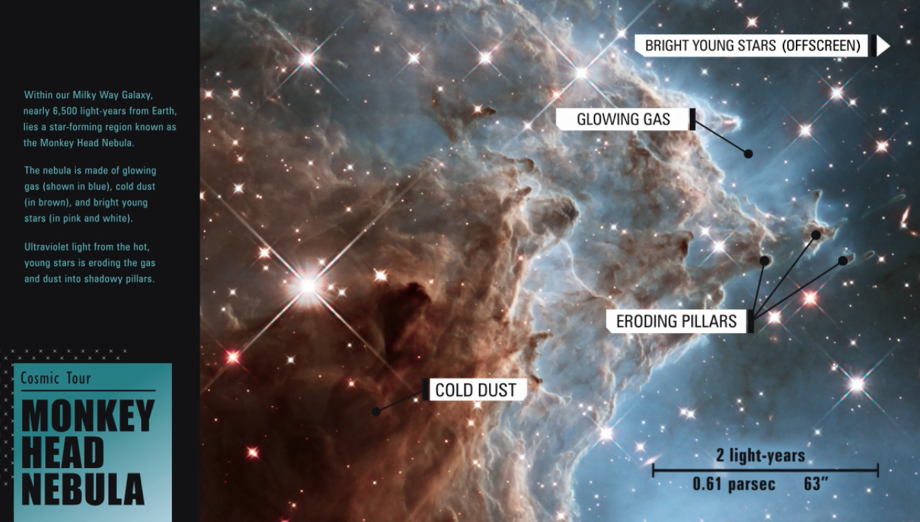
Sample Images from ViewSpace
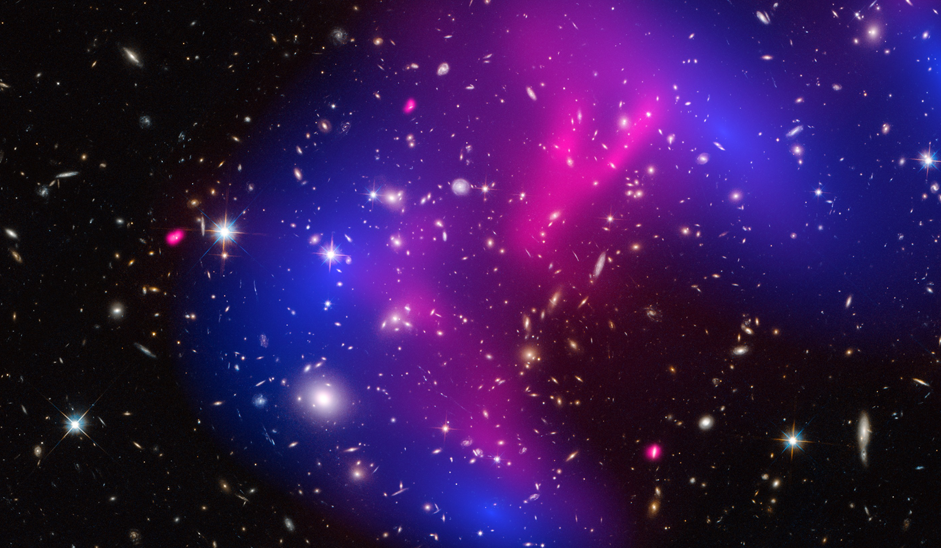
What objects and materials make up the universe, and how do we study the invisible as well as the visible?
Data from NASA’s Hubble Space Telescope and Chandra X-Ray Observatory are used to create a map of dark matter (blue) in galaxy cluster MACS J0717.5+3745.
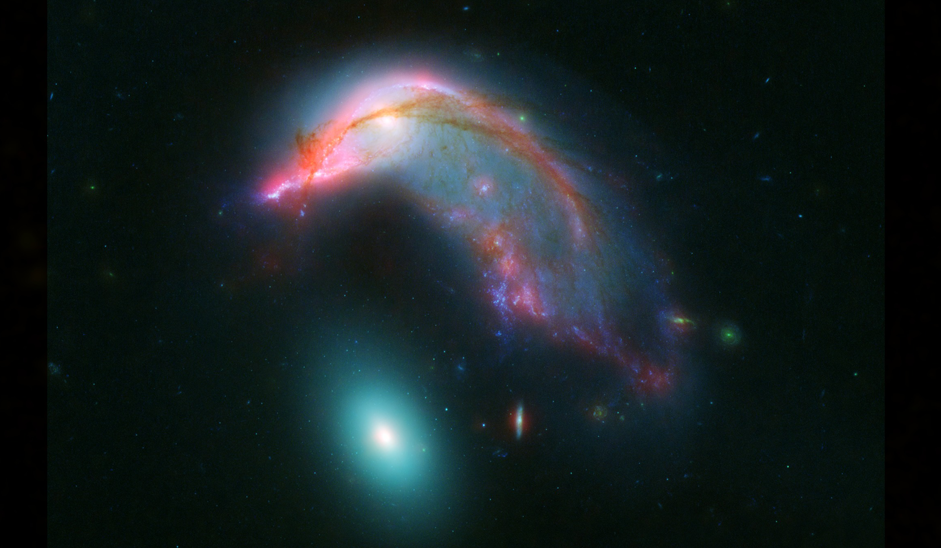
What are galaxies; how do they vary; and how do they form, interact, and change over time?
The Penguin and the Egg (Arp 142) is a pair of galaxies that are being distorted by their mutual gravitational attraction.
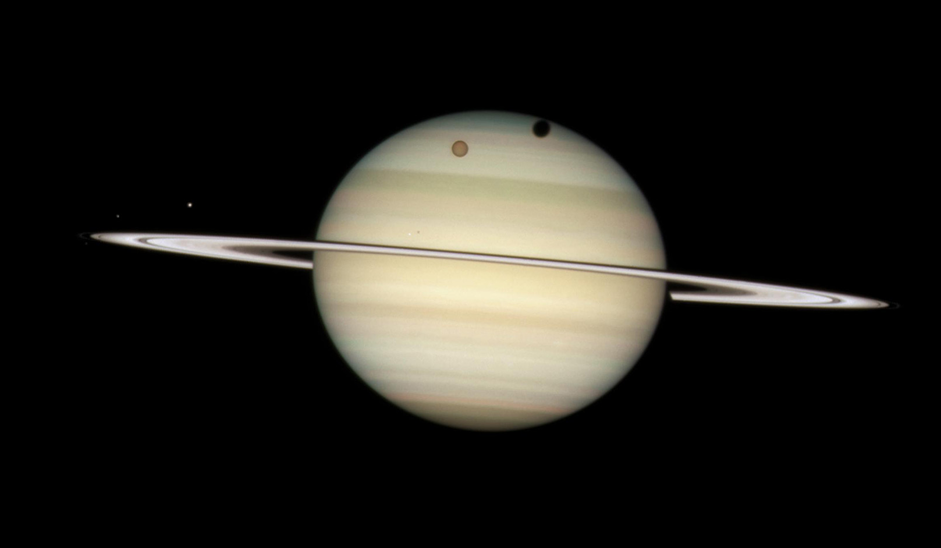
How do the Sun, planets, moons, comets, and asteroids interact as a system?
Saturn’s moon Titan casts a shadow as it passes between the planet and the Sun.
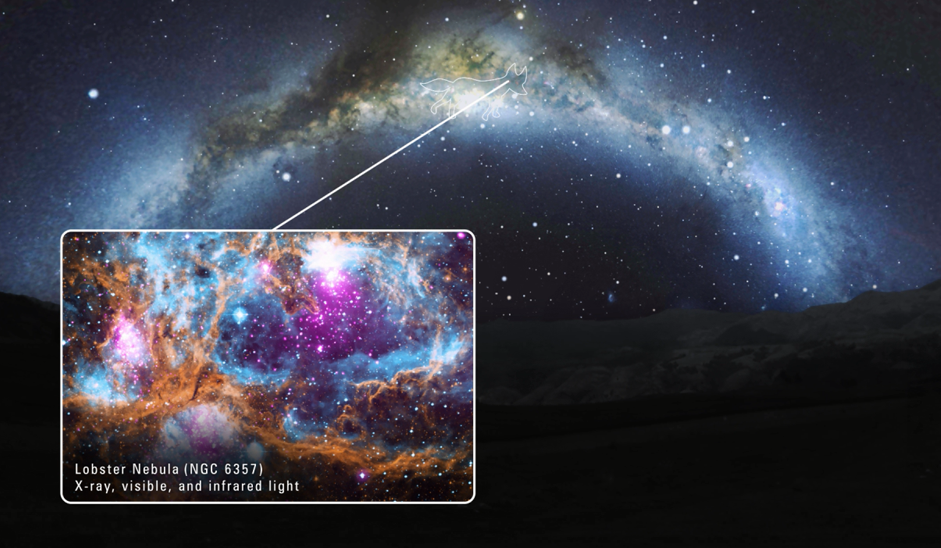
How do telescopes help us better understand the objects and materials that light up the sky?
With telescopes, we can see details of the Milky Way, including glowing clouds of dust and gas like the Lobster Nebula.
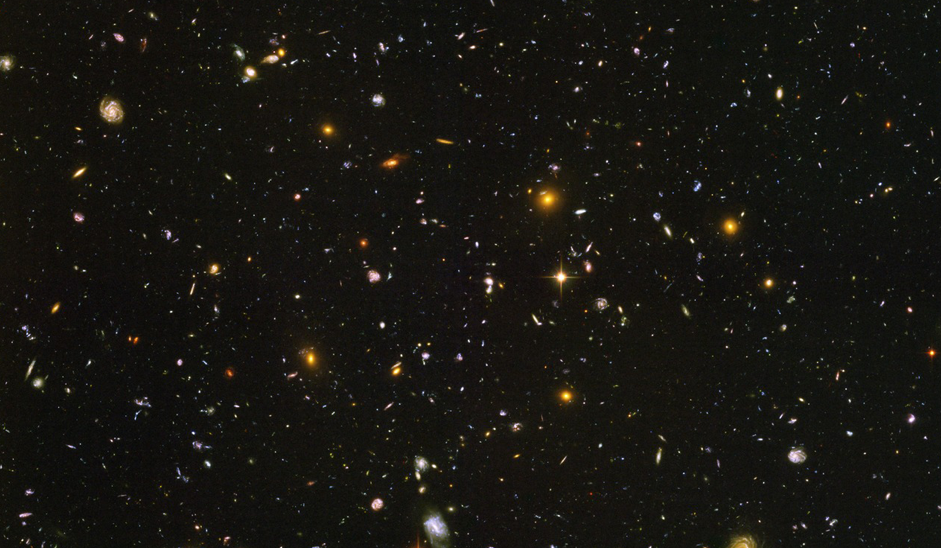
How fast is the universe expanding and what does this tell us about its past and future?
Over time, space expands, stretching the wavelenghts of light and causing the distant galaxies seen in the Ultra Deep Field image from the Hubble Space Telescope to look redder than the closer galaxies.
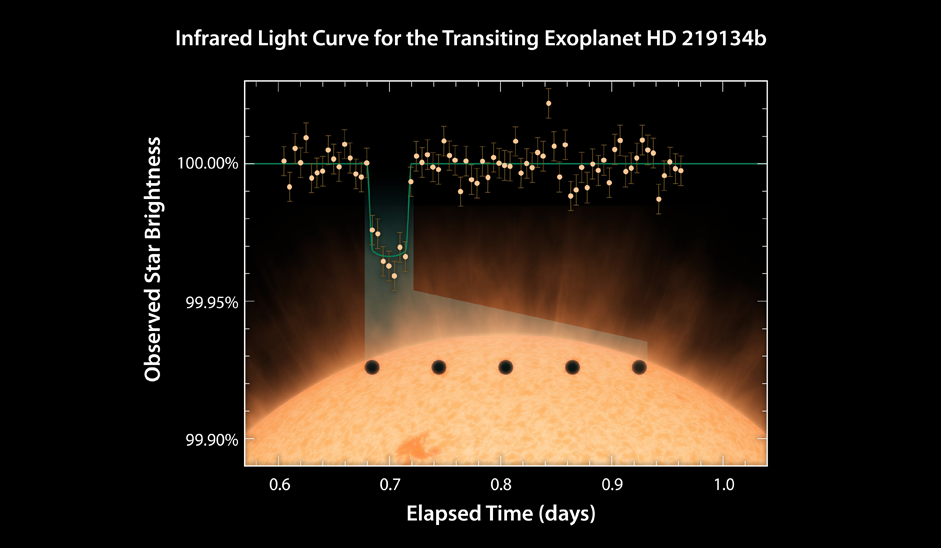
How do we detect and study planets orbiting other stars?
Changes in the brightness of starlight, measured by NASA’s Spitzer Space Telescope, indicates the presence of a planet orbiting the star.
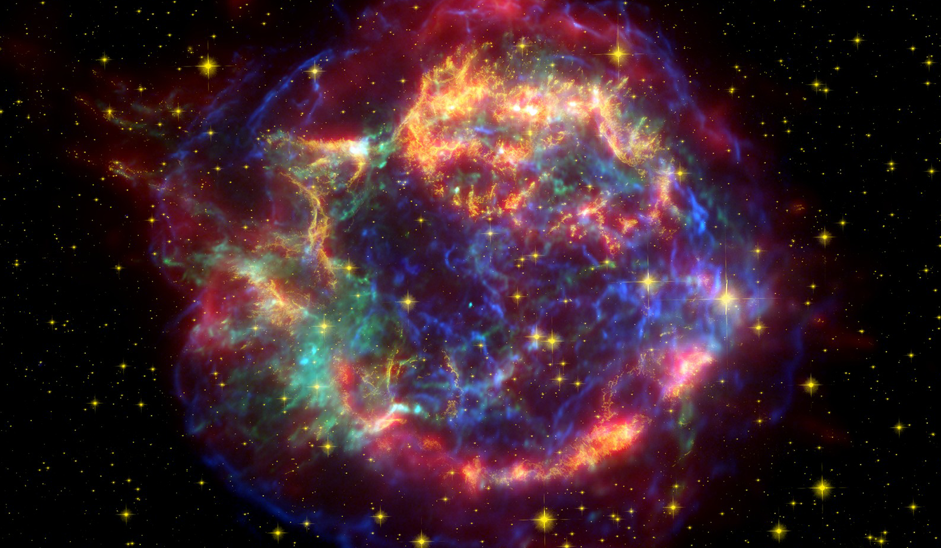
What happens to stars at the end of their lives, and how do stellar explosions affect the space around them?
Visible, infrared, and X-ray light from supernova remnant Cassiopeia A reveal remains of an exploded star.
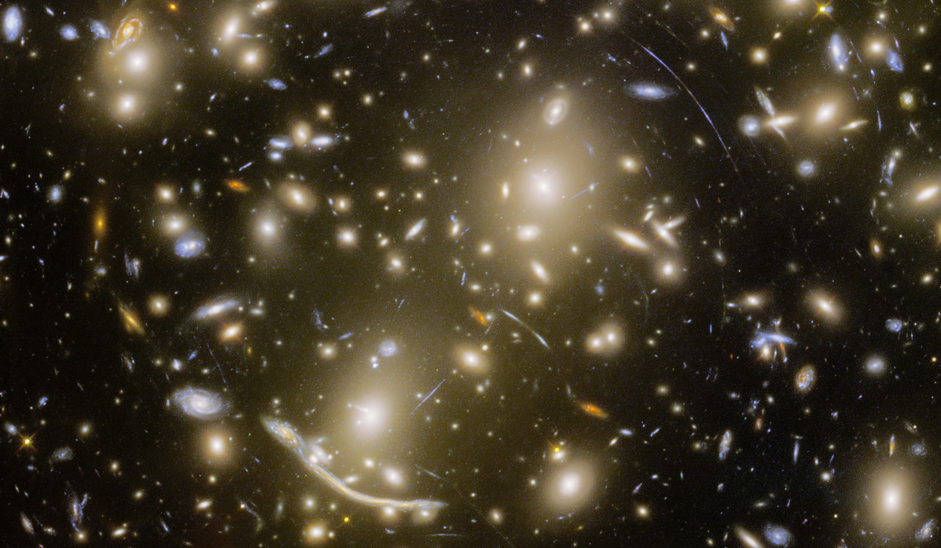
How can we use interactions between light and matter to probe the deep universe?
The enormous mass of galaxy cluster Abell 370 bends the space around it, magnifying and distorting the light from more distant galaxies into arc-like streaks.
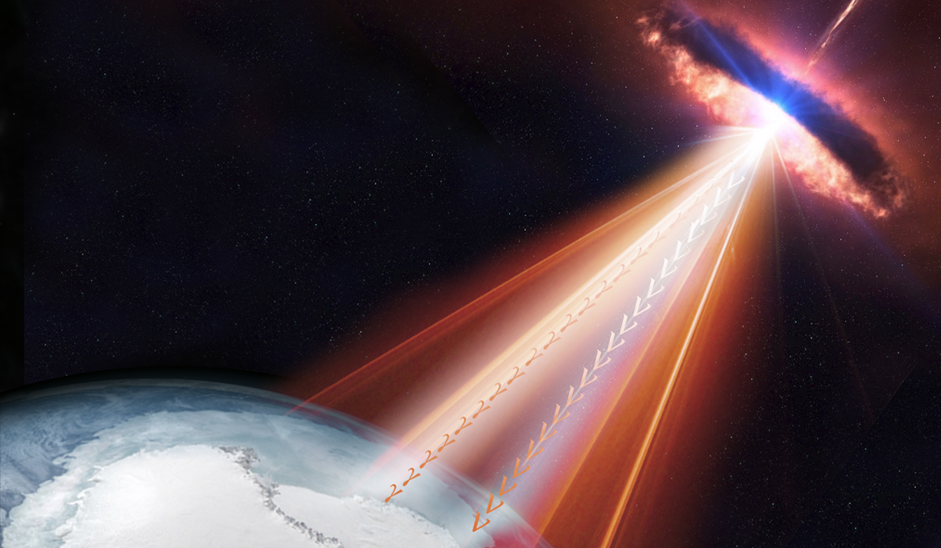
How are astronomers combining data from space and ground-based telescopes, particle detectors, and gravitational wave detectors to understand cosmic objects, processes, and events?
An artist’s illustration depicts the detection of neutrino particles and gamma rays emitted by a supermassive black hole at the center of a distant galaxy.
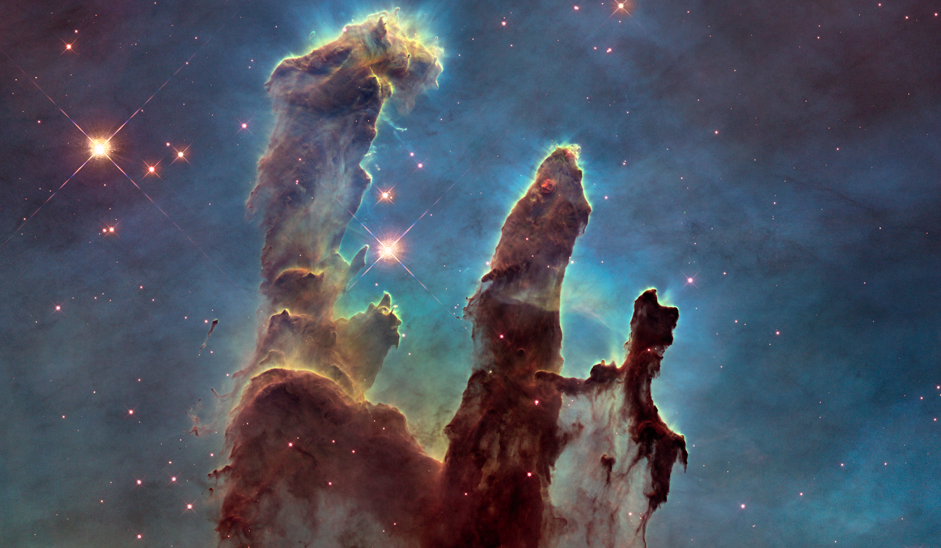
How and where do stars form, and how do they shape their surroundings?
Pillars of gas and dust in the Eagle Nebula are sculpted and illuminated by stellar winds and high-energy radiation of bright stars.
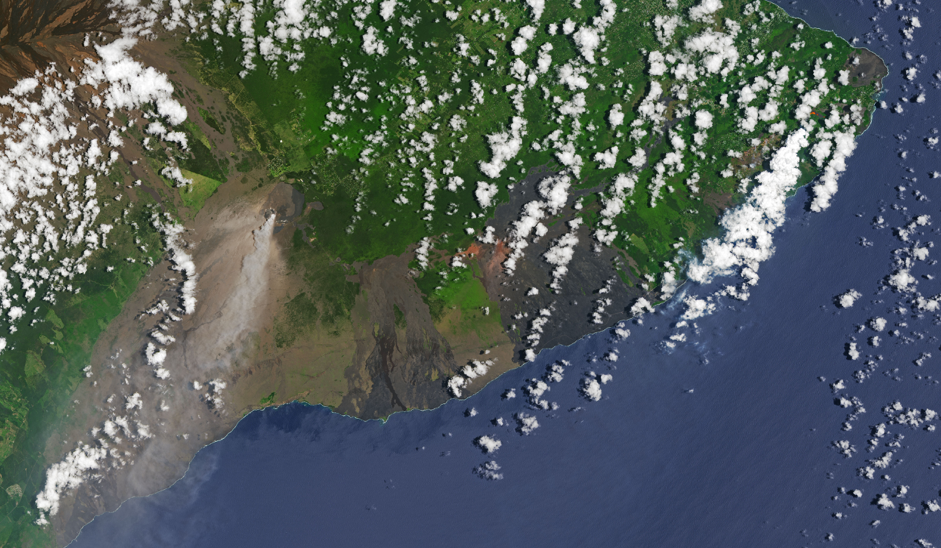
How can we use satellites to map, study, and monitor Earth’s land surface, oceans, and atmosphere?
An image captured by the Landsat 8 satellite in May 2018 shows active lava flows from Kilauea volcano in Hawaii.
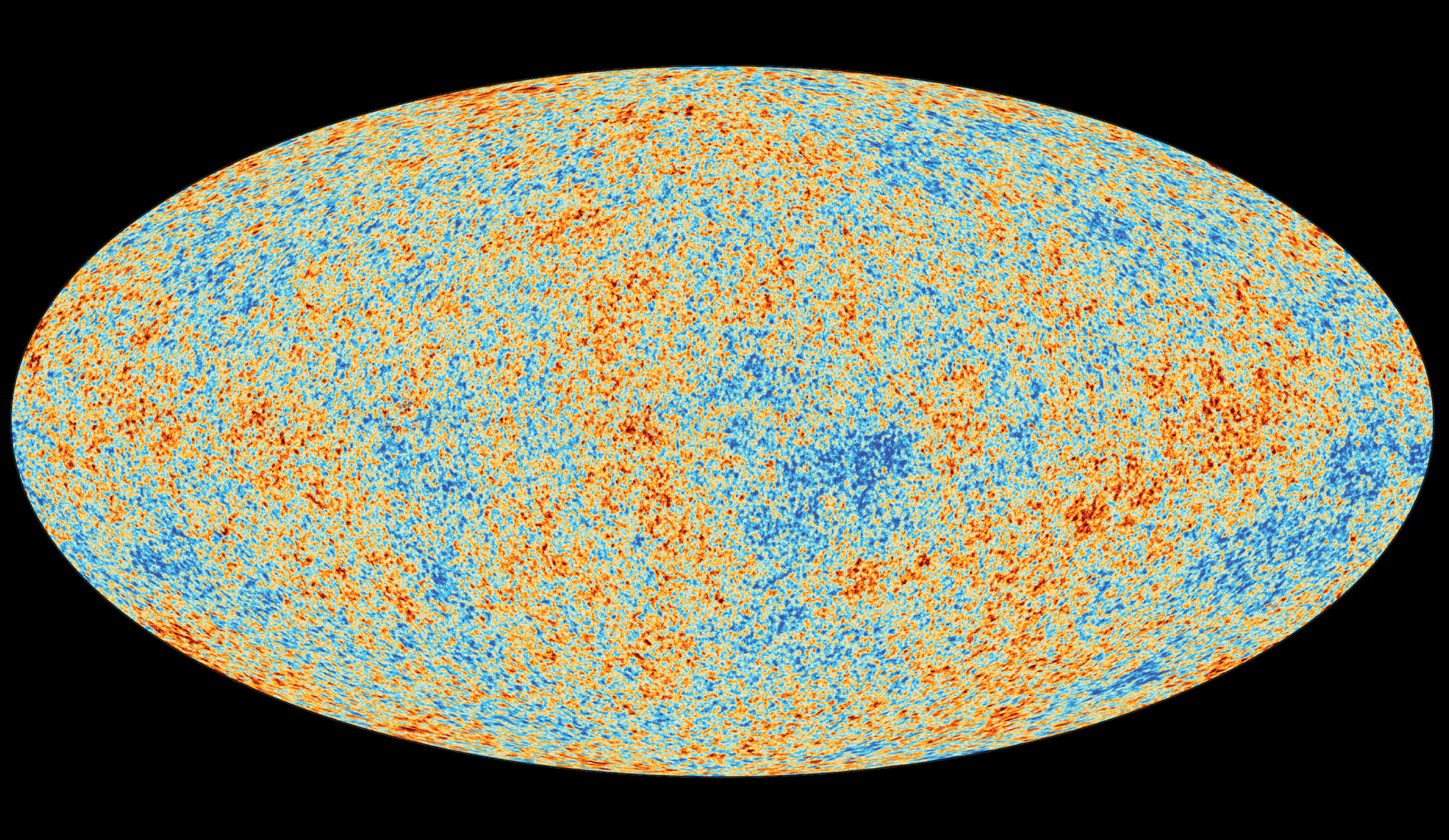
What evidence supports our theories of how the universe formed and how it has evolved over time?
A map of the sky from the Planck Space Telescope highlights variations in the cosmic microwave background radiation—energy left over from the big bang some 13.8 billion years ago.
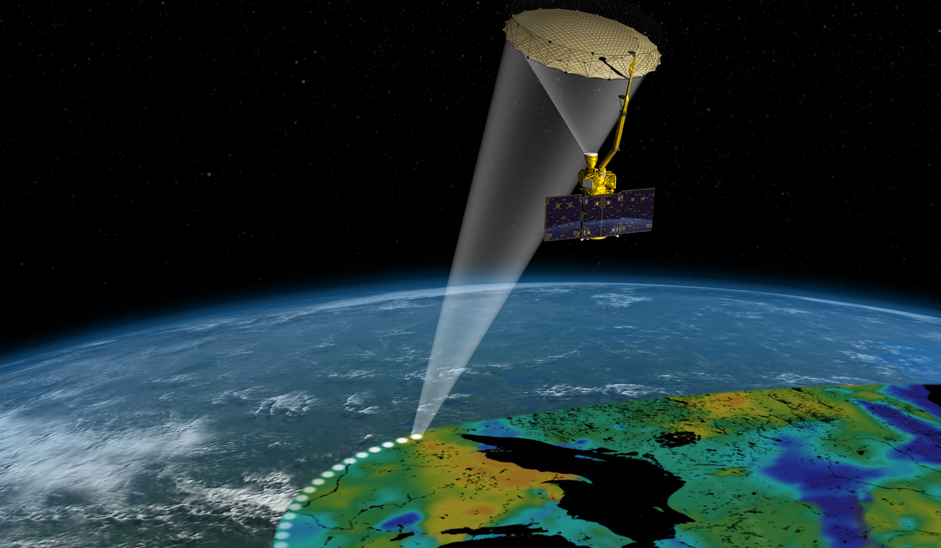
What tools and methods do scientists use to study Earth and space?
NASA’s Soil Moisture Active Passive satellite (SMAP) helps scientists monitor droughts, predict floods, and improve farm productivity.
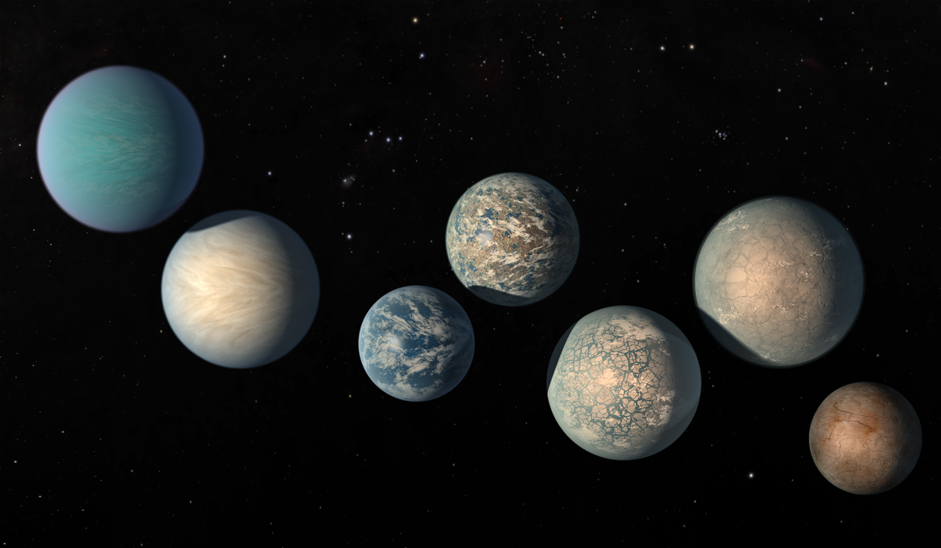
Is Earth unique? Are we alone?
Observations from space telescopes have revealed thousands of exoplanets of different of sizes, compositions, temperatures, and atmospheres, including seven rocky Earth-sized planets of the TRAPPIST-1 system, 40 light-years from Earth (artist’s illustration).
Where Is ViewSpace?
ViewSpace videos are on exhibit at museums, science centers, and planetariums across the country.
ViewSpace interactives are available online.
Use the map to find a ViewSpace video location near you.
Location Spotlight
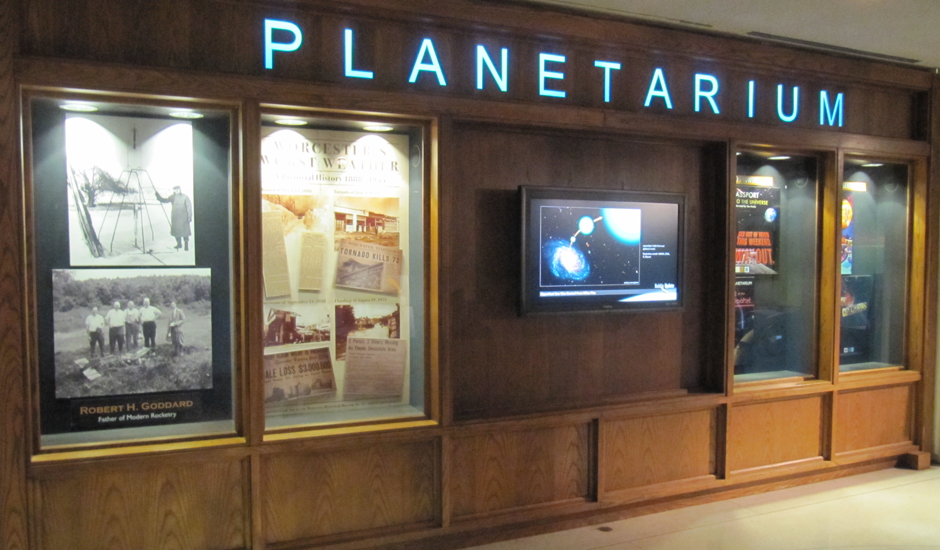
Worcester, Massachusetts
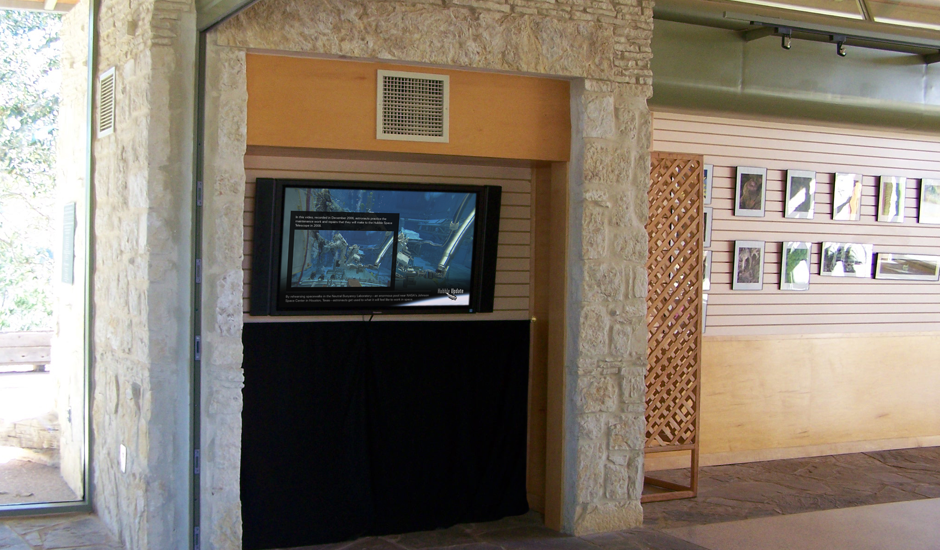
Westcave Preserve
Round Mountain, Texas
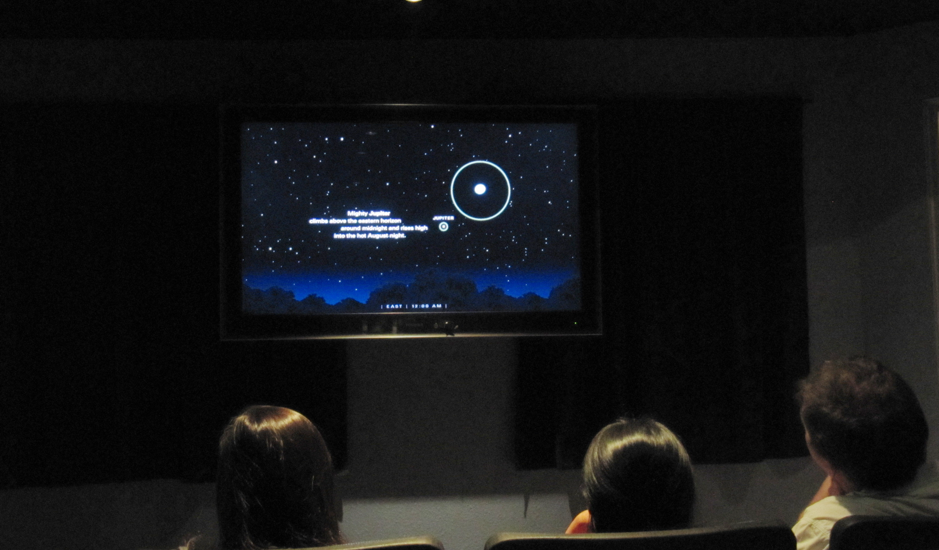
Lowell Observatory
Flagstaff, Arizona
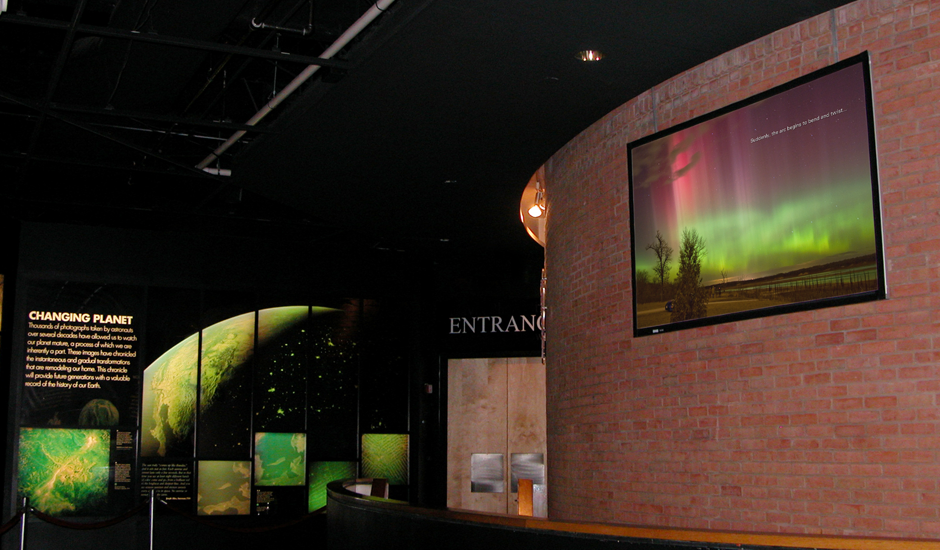
Maryland Science Center
Baltimore, Maryland
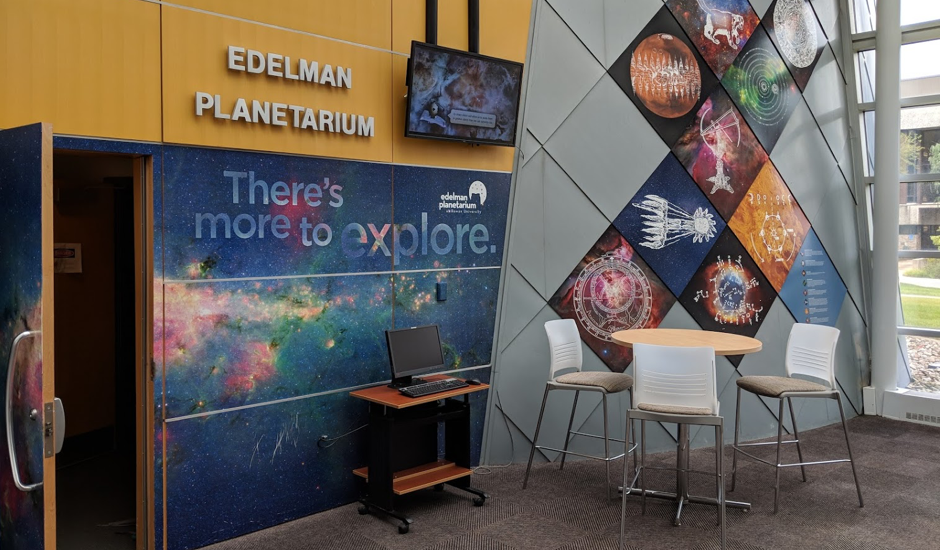
Edelman Planetarium at Rowan University
Glassboro, New Jersey
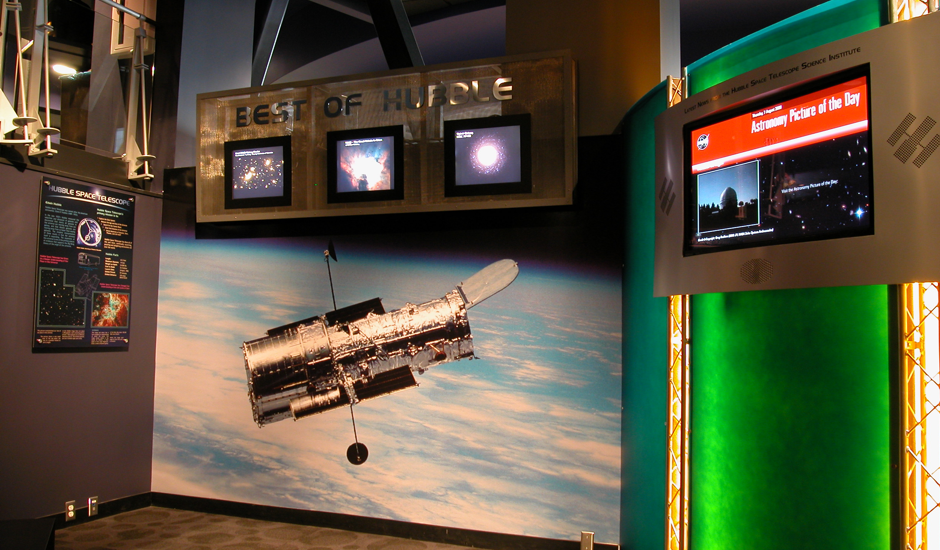
Clark Planetarium
Salt Lake City, Utah
Becoming a ViewSpace Venue
ViewSpace provides informal learning sites with engaging, accurate, relevant, and up-to-date astronomy and Earth science content. Access to ViewSpace is free, requiring only registration, a computer or Smart TV, and persistent internet access. ViewSpace content is self-updating and videos can be set to play automatically, requiring minimal staff effort to maintain.
Join hundreds of others in featuring ViewSpace as part of your exhibits.
Who Produces and Supports ViewSpace?
ViewSpace is produced by the Space Telescope Science Institute in Baltimore, Maryland, and is provided free of charge through financial support and subject matter expertise from the NASA’s Universe of Learning project, NASA’s Earth Observing System Project Science Office, NASA’s Hubble Space Telescope Project, and NASA’s James Webb Space Telescope Project.
Funded by NASA’s Science Mission Directorate, NASA’s Universe of Learning is an integrated astrophysics STEM learning and literacy project developed through a partnership between the Space Telescope Science Institute, Caltech/IPAC, NASA’s Jet Propulsion Laboratory, the Smithsonian Astrophysical Observatory, and Sonoma State University.
NASA’s Earth Observing System (EOS) is a coordinated series of satellites designed to observe Earth’s land, atmosphere, oceans, and biosphere. As part of the Earth Science Division of NASA’s Science Mission Directorate, the EOS Project Science Office (EOSPSO) is committed to sharing information with both researchers and the general public.
The Hubble Space Telescope and James Webb Space Telescope are two of NASA’s flagship missions designed to explore and advance our understanding of the universe. The missions’ communications programs are dedicated to sharing scientific advances and making the world’s astronomical information accessible to all.

R. J. Palacio
Ask litcharts ai: the answer to your questions.
- About The Kid Should See This
- The TKSST Gift Guide
- Become a Member

A 2.5-minute tour of the galaxy
Rise above the Great Lakes in North America and out into space, departing Earth, rising out beyond the moon, and further out through the solar system and the Milky Way , our home galaxy. This wordless CalAcademy video takes us on an animated Tour of the Galaxy as we travel farther and farther from our planet. From Encyclopedia Britannica :
Milky Way Galaxy, large spiral system consisting of several hundred billion stars, one of which is the Sun. It takes its name from the Milky Way, the irregular luminous band of stars and gas clouds that stretches across the sky as seen from Earth.
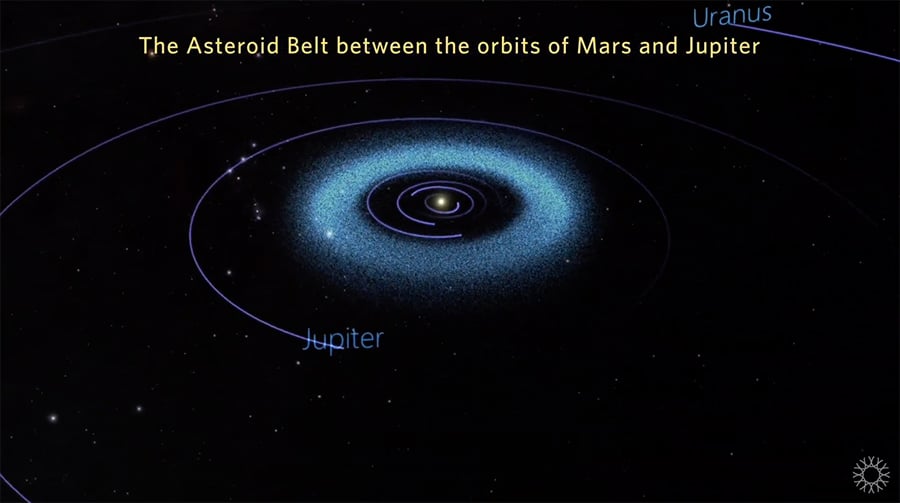
Although Earth lies well within the Milky Way Galaxy (sometimes simply called the Galaxy), astronomers do not have as complete an understanding of its nature as they do of some external star systems. A thick layer of interstellar dust obscures much of the Galaxy from scrutiny by optical telescopes, and astronomers can determine its large-scale structure only with the aid of radio and infrared telescopes, which can detect the forms of radiation that penetrate the obscuring matter.
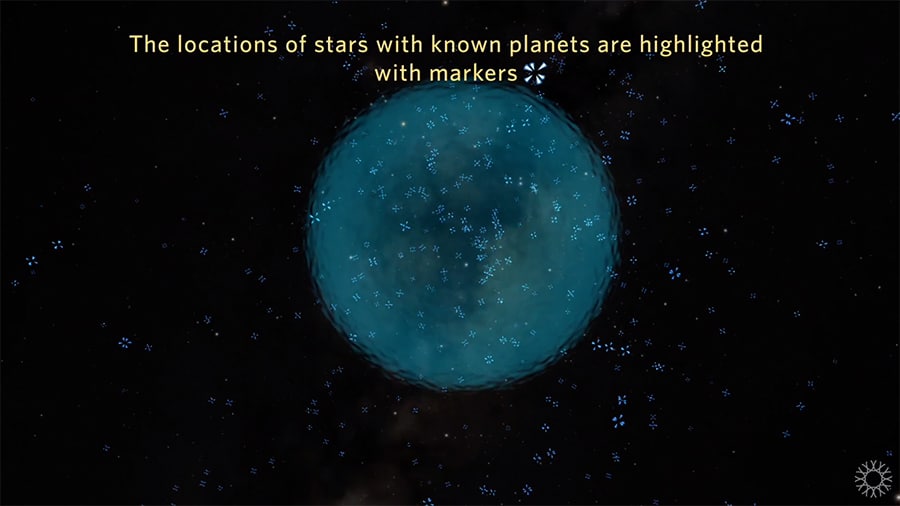
This Webby award-winning video collection exists to help teachers, librarians, and families spark kid wonder and curiosity. TKSST features smarter, more meaningful content than what's usually served up by YouTube's algorithms, and amplifies the creators who make that content.
Curated, kid-friendly, independently-published. Support this mission by becoming a sustaining member today .
🌈 Watch these videos next...
What does earth look like from space an astronaut’s perspective, what did apollo 13 astronauts see on the far side of the moon, to scale: time, a short film that visualizes 13.8 billion years.
Mission: Tour the Galaxy
- VisualEditor
- Trait: Well Travelled
Tour the Galaxy / Targak's Challenge is a daily mission in which you are charged to explore every Sector Block in the game.
- 2.1 Federation
- 2.2 Klingon
- 3.1 Federation
- 3.2 Klingon Empire
- 4 Accolades
- 5 Walkthrough
Synopsis [ | ]
Starting and ending at Earth / Qo'noS the player must race across the Galaxy to earn rewards! The player earns, EC, Exploration, Trade, Recruitment and Development XP from traveling the Galaxy in under 15 minutes.
Mission text [ | ]
Federation [ ].
A captain must master navigation and teamwork to explore the stars. Are you ready to test your mettle against the best in Starfleet?
Klingon [ ]
Targak's Challenge You think you have the guramba to finish one of my challenges? Fine. I'll put you to the test. Nausicaan raiders must be as swift as a winter wind. We hone our skills with races -- the fastest ships earn the most glory. My ship, the famed and feared Kassak , is the fastest ship in the quadrant . No one can defeat her! In honor of my many victories, I will grant you this test. Lead your ship and crew across the stars. For each Sector Block you visit, you will be rewarded. Tour them all, and show me that you're not an Undari !
Federation [ | ]
- Captain Jay Yim
Klingon Empire [ | ]
- Captain Targak
Accolades [ ]
- Travelling through eight sector blocks during the mission awards the Well Travelled space trait which reduces Transwarp cooldown by 20%.
Walkthrough
Notes [ | ].
- Dropping the mission will trigger the 20h cooldown.
- On January 30, 2014, this mission was revamped with the inclusion of the Tau Dewa Sector and its transition from a calendar event to a daily mission. [1]
- In 2022, the mission was revamped to include the Gamma and Delta Quadrants along with better distribution of systems after the earlier expansion of the Alpha Quadrant map.
- Rewards are granted upon traversing all Sectors of a Sector Block. The entire mission is finished once all of the Sector Blocks have been visited.
- You can start from any sector. The Sectors and Sector Blocks do not have to be visited in sequence.
- If you are teamed the objectives will not be completed.
- If a player participates early in his career on his first circuit of the Galaxy he'll earn the Accolades listed under Accolade Exploration .
- ↑ Release Notes: January 30, 2014 (Season 8.5)
- 2 Playable starship
- 3 List of canon starships
Weapons Hot!
STO Fleet Website and Community News

Tour the Galaxy 2024! Route & Ship Build.
Weapons Hot Admin
Tour the Galaxy remains a popular way to make up to 1.25 million EC daily in STO, but you need a fast ship and an efficient route. There are many methods to complete the Tour. Here is a cheap-to-play approach.
Most route maps on the internet are out of date because Cryptic added the Delta and Gamma Quadrants in 2022. This route is current. Video walk-through of the entire route is here .

The Risian Corvette is the best ship for Tour the Galaxy, but it is expensive and would take a long time to recoup its cost in EC! The Fleet Magee Light Pilot Escort is almost as fast and free with fleet ship modules from the Reputation System , and it’s a better general-purpose ship. Purchase it at your Ship and Shuttle Requisition Officer.
This ship build uses the Chroniton Integrated Slipstream Drive from the Multi-Mission Vesta ships in the C-Store. You only need two of the ships consoles from the multi-mission ships to get the set bonus that awards this drive. When on sale, the three-ship Vesta bundle is a better value than buying the individual ships.
Personal Space Traits
- Lead Foot (Exchange/Lock Box)
The Lead Foot trait is a must have for its 25% turn rate and 10% Sector Speed boost. It can be purchased on the exchange. Run the Tour daily, do Admiralty, and sell “ship trash” at vendors, to purchase it.
Starship Traits
Space reputation, boff ability, fore weapons, deflector/impulse/warp/shields.
- Any Deflector
- M.A.C.O. Impulse Engines Mk XV [Secspd-2][Secspd] (Reputation – Task Force Omega Tier III)
- Gamma Synergistic Overload Warp Core Mk XII (Reputation – Gamma Task Force Tier I)
Impulse speed and turn rate buffs do not matter for Sector Speed travel. The M.A.C.O impulse engines must be Epic , as this grants the [Secspd-2] modifier. The Gamma core does not need to be upgraded beyond purple quality.
Aft Weapons
Engineering consoles.
- Console – Engineering – Polaric Modulator Mk XII (Mission“Delta Flight” in the Iconian War story arc)
- Console – Universal – Multidimensional Wave-Function Analysis Module (Rademaker Multi-Mission Strategic Explorer or Multi-Mission Vesta bundle)
- Console – Universal – Sympathetic Fermion Transceiver (Vesta Multi-Mission Surveillance Explorer or Multi-Mission Vesta bundle)
The experimental set consoles provide the set bonus to get the Chroniton Slipstream drive. The Polaric Modulator does not need to be upgraded. The other console slots are empty on this build because nothing else is needed.
- Astrometrics Scientist – Recharge time reduced on all Transwarp abilities (200%)
There is enough time between stops that you don’t need a purple quality Transwarp officer — a green one is fine. You won’t need this when you acquire the Well Travelled trait.
You need 5 points in science skills to earn Sector Space Travel Speed. See our generic skill tree guide for more information. The Impulse speed buff in the Endeavor system provides no benefits.
Transwarp Missions
The goal is to minimize Sector Speed/Warp travel. You need to queue up four missions to Transwarp to quadrants or far points. These can be found in your available or episodes mission tab.
- “Second Wave” or any Deep Space 9 mission.
- “Butterfly” in the Iconian Story Arc. This takes you to the Delta Quadrant.
- “ Doomed to Repeat” from the Gamma Quadrant story arc. This takes you to Masan system.
- “Cold Comfort” takes you to the Raveh system, which is the closest point to the remote Breen system. You can also jump to K-13, but it takes much longer. Cold Comfort is in the Cold War Story Arc.
The Quadrant Route Maps
Begin the tour in the Beta Quadrant near Sanek. Start about five-light-years away to the lower right of the system, facing Q’onos. You will need to stop at Pheben to turn your ship towards Iconia.
The Alini System has a bug in that it won’t register your visit. Travel close to the Burgus system then click Alini. If you hit it from above, you get credit.
Stop at Nimbus and turn your ship towards Vendor. You will slow travel all the way to Argelius.
As you reach Traelus, queue up your “Transwarp Destinations” menu and open the Beta Quadrant. Transwarp to Risa.

From Teenebia, travel to the Beta Quadrant. Engage your Slipstream near Mizar. At Arawath, your officer will warn about Deep Space. Make sure you have “Keep moving during contact dialogs” enabled in Settings at the Controls tab.

When at Algira, jump to DS9 using “Second Wave”.

At DS9, take the Wormhole to the Gamma Quadrant. Go to New Bajor. From there, use the “Doomed to Repeat” mission to jump to Masa. This saves about 30 seconds of slow travel time.
Go to Kurill. Engage your Slipstream drive until you reach Umbral. At Umbral, select the “Butterfly” mission to jump to the Delta Quadrant. You can also use the Dyson Sphere added to this Quadrant from the “Quark’s Lucky Seven”mission, but it is no faster than Butterfly.

At the Delta Quadrant, slow travel to Argala. Stop your ship and line up with New Talax. At New Talax, engage Slipstream until you reach Vaadwaur. Jump back to DS9 using “Second Wave”.

At the Alpha Quadrant, travel to Corwin. Stop at Betazed and point your ship to Chapel. At the Chapel System, use the “Cold Comfort” mission to jump to Raveh. Engage your Slipstream drive and travel to Breen. At Breen, your ship officer will warn that you cannot enter deep space. Continue to Ferenginar.
You will drop out of Slipstream after Izar. When you leave from Feraza, the Delta system will “trap” your ship. Instead click Stameris and wait until you are close to Delta, then click it.
Stop at Delta. Click Sauria, wait a few seconds, and engage your Slipstream to reach it. You are one million EC richer!
Miscellaneous Notes:
- Your results may vary if you use other warp drives, ships, consoles, or traits. Other drives may have faster Sector Space travel speed, but much worse Sector Speed turn rate, so will not work with this route.
- The Experimental Systems Set Consoles have little use apart from their set bonus, but the Sympathetic Fermion Transceiver can be used for the Hull Healing Endeavor (Space).
- Some faction-specific missions reduce travel time, but this route aims to be agnostic.
- Many players use”Sunrise” to jump to DS9, but it displays a dialog box that slows you down. “Boldly they Rode” is another good alternative.
Premium Options:
These are nice to have:
- Synthetic Good Fortune – Mastery trait from the Equinox Pilot Scout Ship . IT grants a passive +25 Starship Sector Speed.
- “Diplomatic Immunity” or “Raiding Party” buff from other players to grant +50 Sector Speed.
- The Legendary Intrepid Miracle Worker Multi-Mission Science Vessel from the 10th Anniversary bundle includes a trait called “Extensively Modified Warp Core” that improves Flight and Turn Speed at Warp. There is no quantification of how much this adds, so it is up to you to purchase the $180 USD 10th Anniversary Bundle for this trait.
- Run the “Perform Antimatter Containment Leak Drills” Duty Officer assignment in your Personal tab for +25 Sector Speed. This only appears randomly in DOFF assignments and it takes two hours to run, so don’t depend on it.

Alternative Ship Options
These are good TtG ships:
- Terran Eagle Pilot Raider
- Shran Light Pilot Escort (same ship as Fleet Magee with meta trait)
- M’Chla Pilot Bird-of-Prey
- Ouroboros Temporal Raider
- Vulcan Experimental Scout Vessel
- Kelvin D4x Pilot Bird-of-Prey
- Fleet Magee Light Pilot Escort
- Fleet M’Chla Pilot Bird-of-Prey
- Risian Pilot Corvette
- Herald Baltim Heavy Raider
- Na’kuhl Tadaari Raider
Complete Map

Let us know if this helps you complete the Tour!
Share this:
Leave a comment cancel reply.
Recent Posts

Theory Craft: Mirror Borg Lock Box Duty Officers

Key Ring and Legendary Sale

20% Ship Sale
- Admin's Corner
- Uncategorized
Admin’s Corner. Builds. Fleet . Guides . News .

Best Individual C-Store Ships

Liberated Borg DOFF Table
You must be logged in to post a comment.

- Already have a WordPress.com account? Log in now.
- Subscribe Subscribed
- Copy shortlink
- Report this content
- View post in Reader
- Manage subscriptions
- Collapse this bar
NASA's Spitzer Telescope Brings 360-Degree View of Galaxy to Our Fingertips

Touring the Milky Way now is as easy as clicking a button with NASA's new zoomable, 360-degree mosaic presented Thursday at the TEDActive 2014 Conference in Vancouver, Canada.
The star-studded panorama of our galaxy is constructed from more than 2 million infrared snapshots taken over the past 10 years by NASA's Spitzer Space Telescope.
"If we actually printed this out, we'd need a billboard as big as the Rose Bowl Stadium to display it," said Robert Hurt, an imaging specialist at NASA's Spitzer Space Science Center in Pasadena, Calif. "Instead, we've created a digital viewer that anyone, even astronomers, can use."
The 20-gigapixel mosaic uses Microsoft's WorldWide Telescope visualization platform. It captures about three percent of our sky, but because it focuses on a band around Earth where the plane of the Milky Way lies, it shows more than half of all the galaxy's stars.
The image, derived primarily from the Galactic Legacy Mid-Plane Survey Extraordinaire project, or GLIMPSE, is online at:
http://www.spitzer.caltech.edu/glimpse360
Spitzer, launched into space in 2003 and has spent more than 10 years studying everything from asteroids in our solar system to the most remote galaxies at the edge of the observable universe. In this time, it has spent a total of 4,142 hours (172 days) taking pictures of the disk, or plane, of our Milky Way galaxy in infrared light. This is the first time those images have been stitched together into a single, expansive view.
Our galaxy is a flat spiral disk; our solar system sits in the outer one-third of the Milky Way, in one of its spiral arms. When we look toward the center of our galaxy, we see a crowded, dusty region jam-packed with stars. Visible-light telescopes cannot look as far into this region because the amount of dust increases with distance, blocking visible starlight. Infrared light, however, travels through the dust and allows Spitzer to view past the galaxy's center.
"Spitzer is helping us determine where the edge of the galaxy lies," said Ed Churchwell, co-leader of the GLIMPSE team at the University of Wisconsin-Madison. "We are mapping the placement of the spiral arms and tracing the shape of the galaxy."
Using GLIMPSE data, astronomers have created the most accurate map of the large central bar of stars that marks the center of the galaxy, revealing the Milky Way to be slightly larger than previously thought. GLIMPSE images have also shown a galaxy riddled with bubbles. These bubble structures are cavities around massive stars, which blast wind and radiation into their surroundings.
All together, the data allow scientists to build a more global model of stars, and star formation in the galaxy -- what some call the "pulse" of the Milky Way. Spitzer can see faint stars in the "backcountry" of our galaxy -- the outer, darker regions that went largely unexplored before.
"There are a whole lot more lower-mass stars seen now with Spitzer on a large scale, allowing for a grand study," said Barbara Whitney of the University of Wisconsin-Madison, co-leader of the GLIMPSE team. "Spitzer is sensitive enough to pick these up and light up the entire 'countryside' with star formation."
The Spitzer team previously released an image compilation showing 130 degrees of our galaxy, focused on its hub. The new 360-degree view will guide NASA's upcoming James Webb Space Telescope to the most interesting sites of star-formation, where it will make even more detailed infrared observations.
Some sections of the GLIMPSE mosaic include longer-wavelength data from NASA's Wide-field Infrared Survey Explorer, or WISE, which scanned the whole sky in infrared light.
The GLIMPSE data are also part of a citizen science project, where users can help catalog bubbles and other objects in our Milky Way galaxy. To participate, visit:
http://www.milkywayproject.org
More information about Spitzer is online at:
http://www.nasa.gov/spitzer
The Jet Propulsion Laboratory, Pasadena, Calif., manages the Spitzer and WISE missions for NASA. The Spitzer Science Center is at the California Institute of Technology in Pasadena. Caltech manages JPL for NASA.
News Media Contact
Whitney Clavin
626-395-1944
J.D. Harrington
202-358-5241

Suggested Searches
- Climate Change
- Expedition 64
- Mars perseverance
- SpaceX Crew-2
International Space Station
- View All Topics A-Z
Humans in Space
Earth & climate, the solar system, the universe, aeronautics, learning resources, news & events.
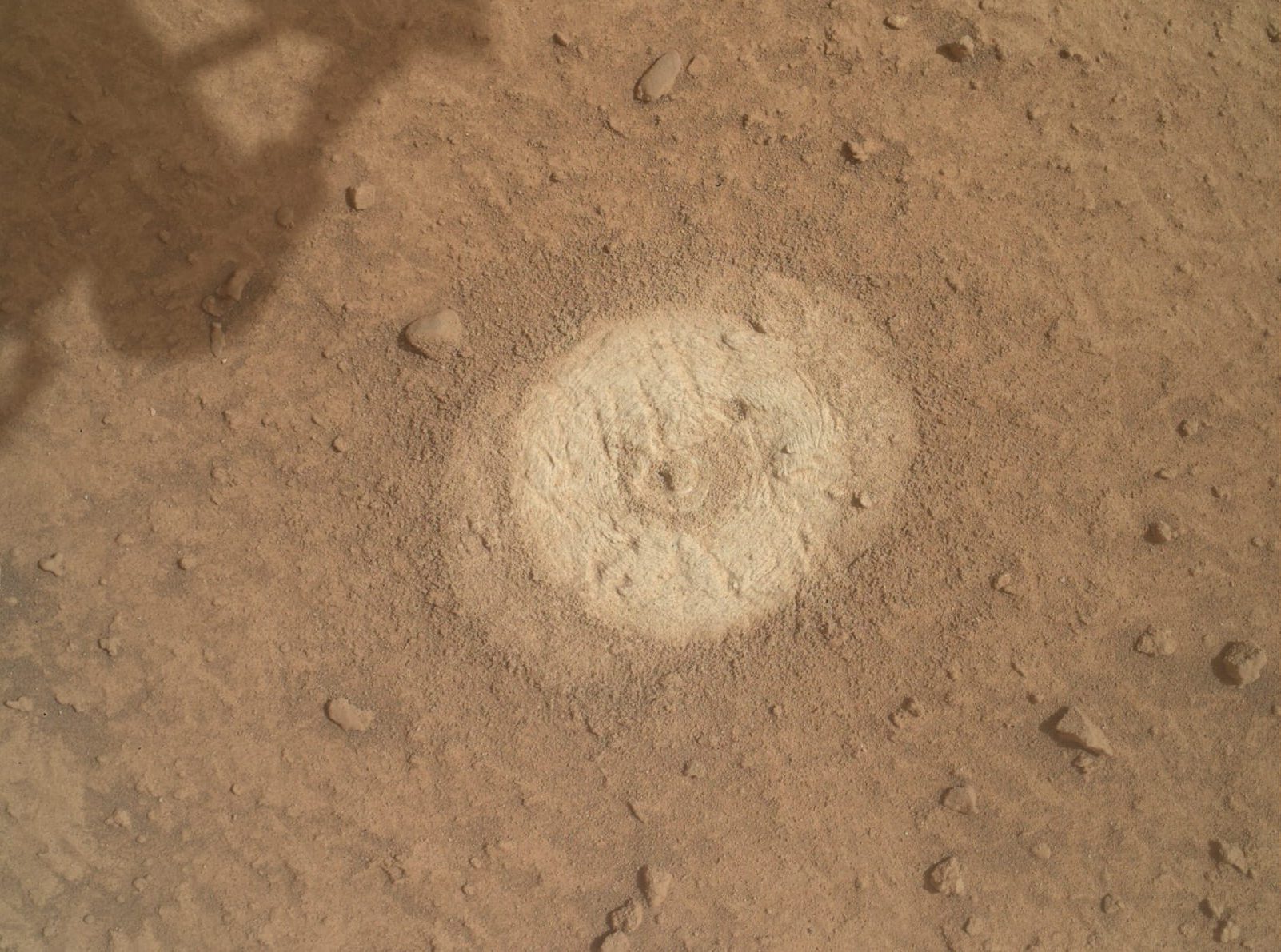
Sols 4214–4215: The Best Laid Plans…
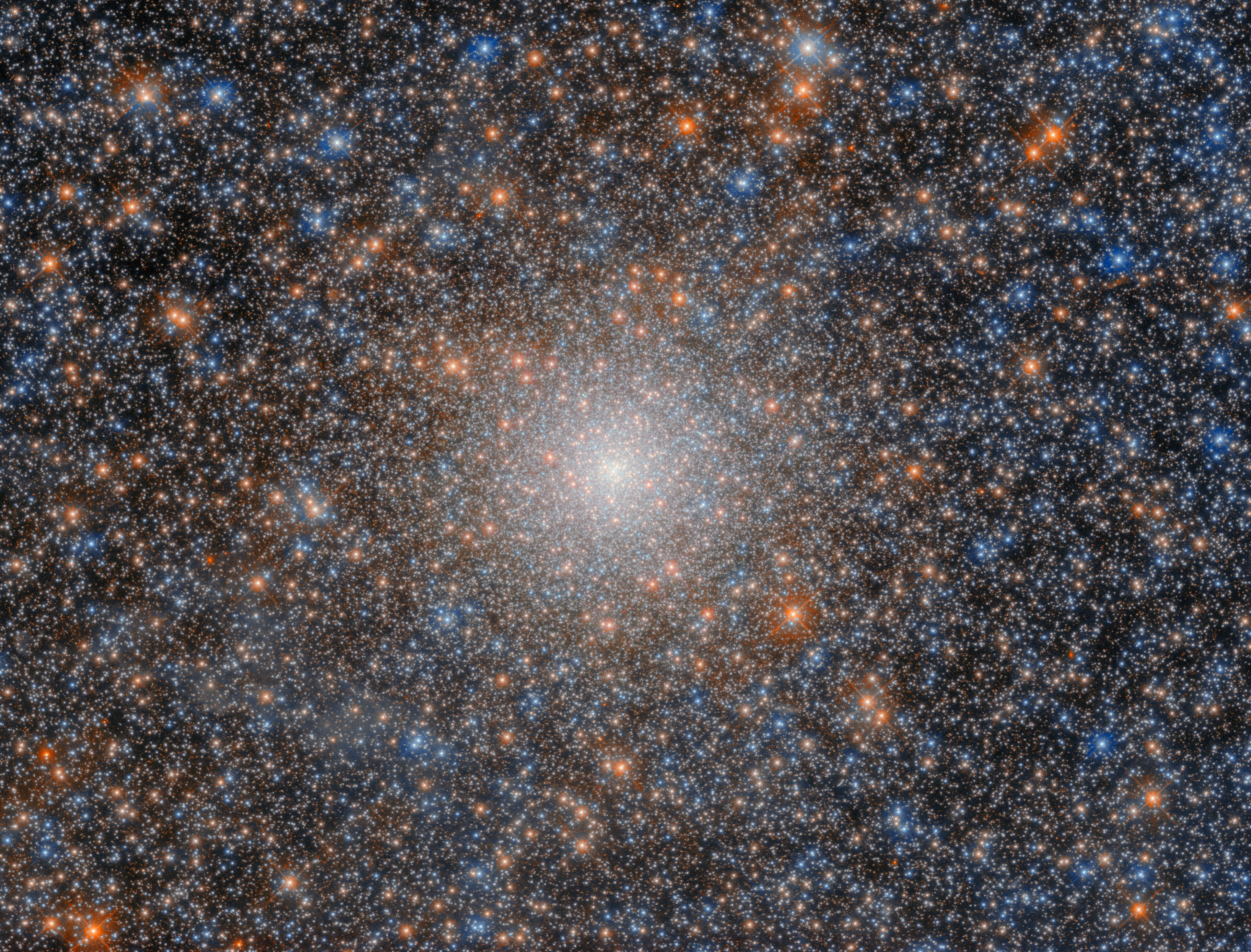
Hubble Observes a Cosmic Fossil
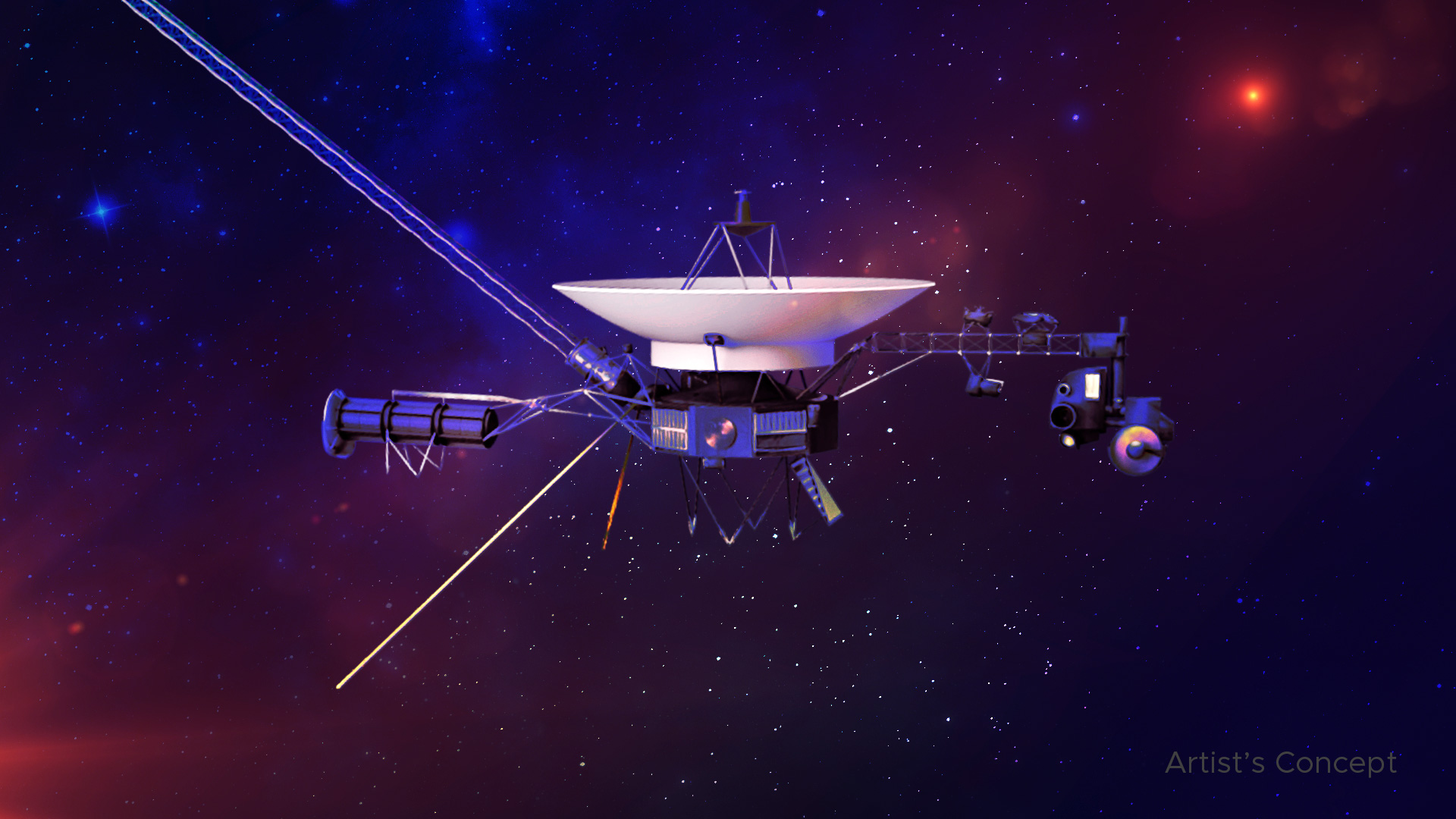
Voyager 1 Returning Science Data From All Four Instruments
- Search All NASA Missions
- A to Z List of Missions
- Upcoming Launches and Landings
- Spaceships and Rockets
- Communicating with Missions
- James Webb Space Telescope
- Hubble Space Telescope
- Why Go to Space
- Commercial Space
- Destinations
- Living in Space
- Explore Earth Science
- Earth, Our Planet
- Earth Science in Action
- Earth Multimedia
- Earth Science Researchers
- Pluto & Dwarf Planets
- Asteroids, Comets & Meteors
- The Kuiper Belt
- The Oort Cloud
- Skywatching
- The Search for Life in the Universe
- Black Holes
- The Big Bang
- Dark Energy & Dark Matter
- Earth Science
- Planetary Science
- Astrophysics & Space Science
- The Sun & Heliophysics
- Biological & Physical Sciences
- Lunar Science
- Citizen Science
- Astromaterials
- Aeronautics Research
- Human Space Travel Research
- Science in the Air
- NASA Aircraft
- Flight Innovation
- Supersonic Flight
- Air Traffic Solutions
- Green Aviation Tech
- Drones & You
- Technology Transfer & Spinoffs
- Space Travel Technology
- Technology Living in Space
- Manufacturing and Materials
- Science Instruments
- For Kids and Students
- For Educators
- For Colleges and Universities
- For Professionals
- Science for Everyone
- Requests for Exhibits, Artifacts, or Speakers
- STEM Engagement at NASA
- NASA's Impacts
- Centers and Facilities
- Directorates
- Organizations
- People of NASA
- Internships
- Our History
- Doing Business with NASA
- Get Involved
- Aeronáutica
- Ciencias Terrestres
- Sistema Solar
- All NASA News
- Video Series on NASA+
- Newsletters
- Social Media
- Media Resources
- Upcoming Launches & Landings
- Virtual Events
- Sounds and Ringtones
- Interactives
- STEM Multimedia
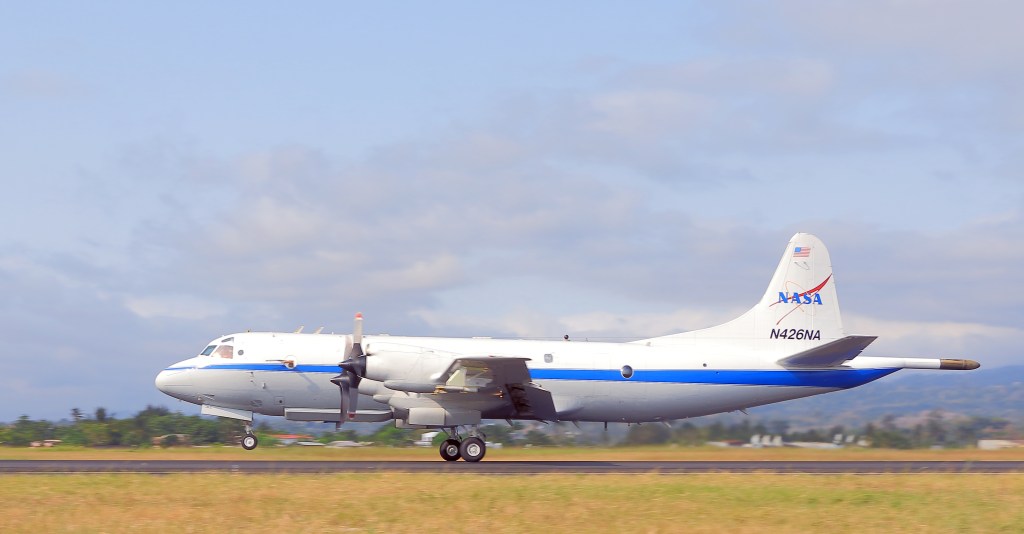
NASA-Led Mission to Map Air Pollution Over Both U.S. Coasts

NASA’s Wallops Flight Facility to Launch Student Experiments

NASA’s Hubble Restarts Science in New Pointing Mode

Lakita Lowe: Leading Space Commercialization Innovations and Fostering STEM Engagement
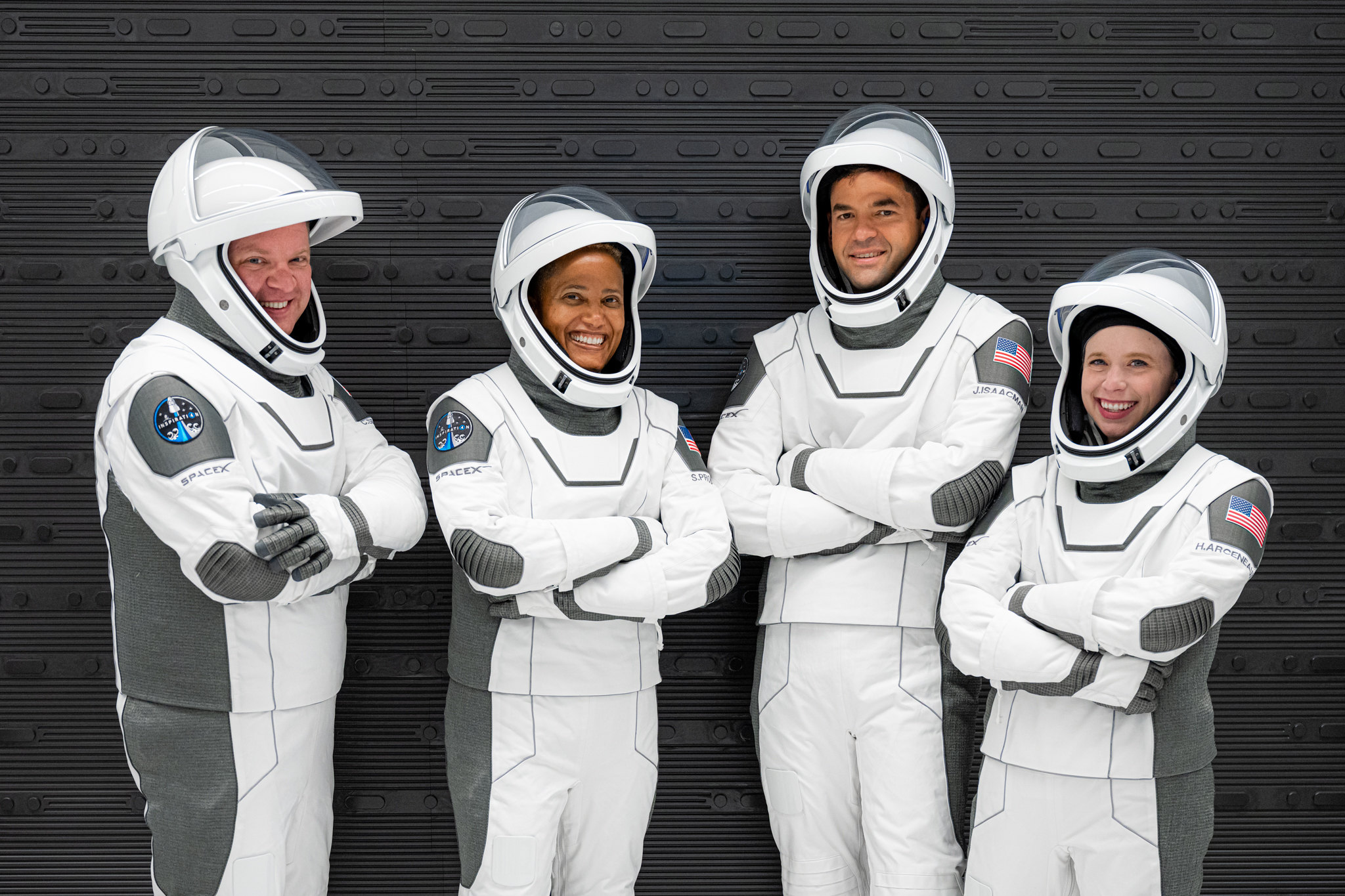
NASA’s Repository Supports Research of Commercial Astronaut Health
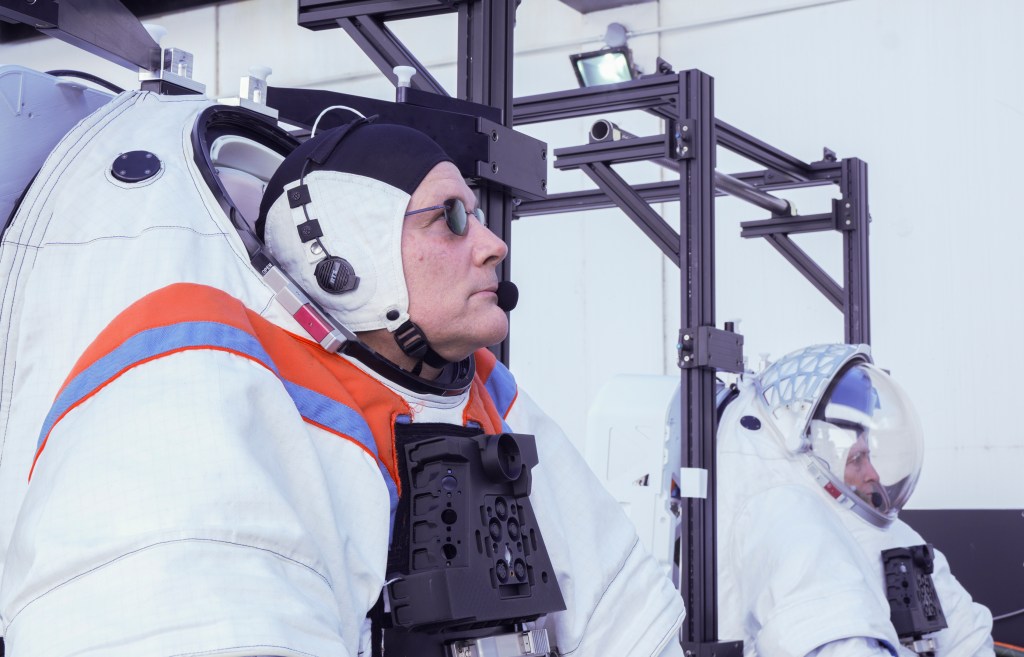
NASA Astronauts Practice Next Giant Leap for Artemis
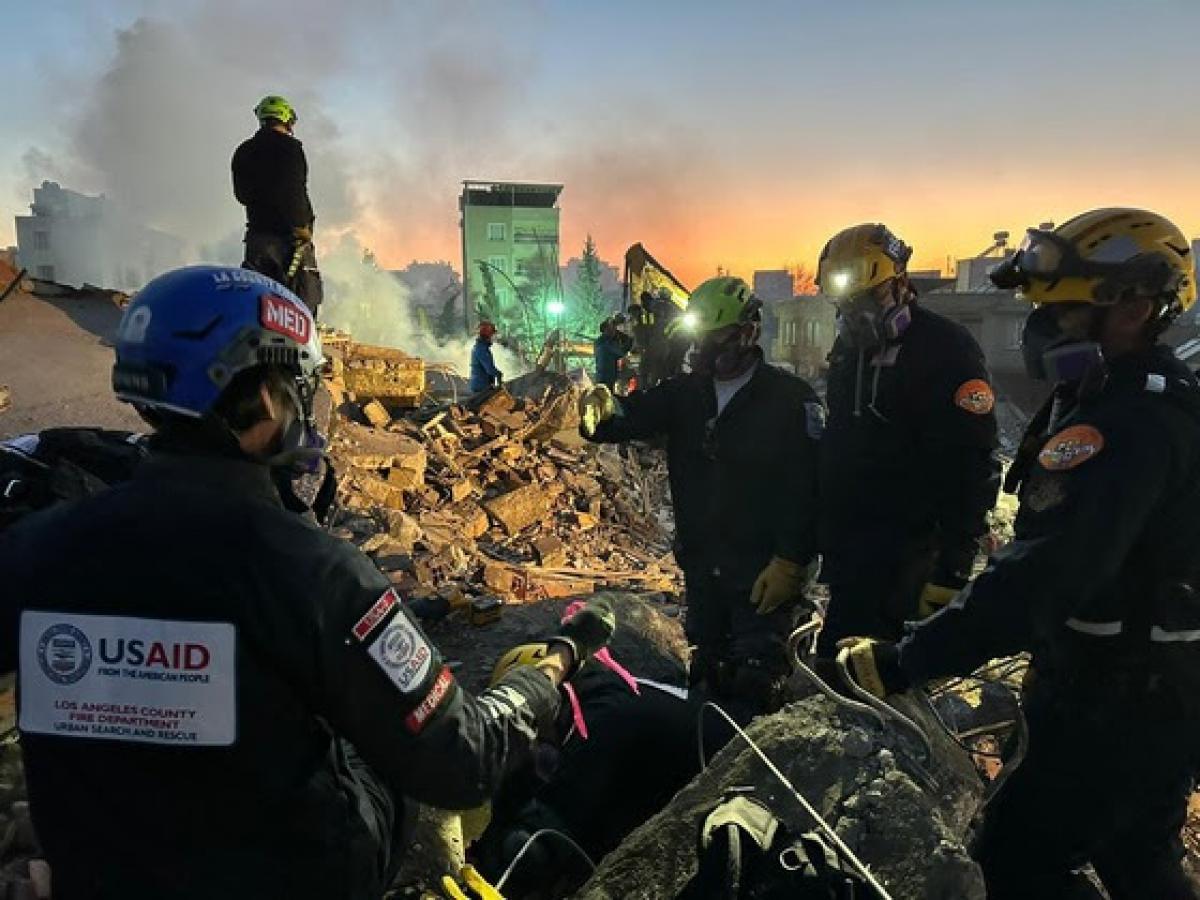
NASA Announces New System to Aid Disaster Response
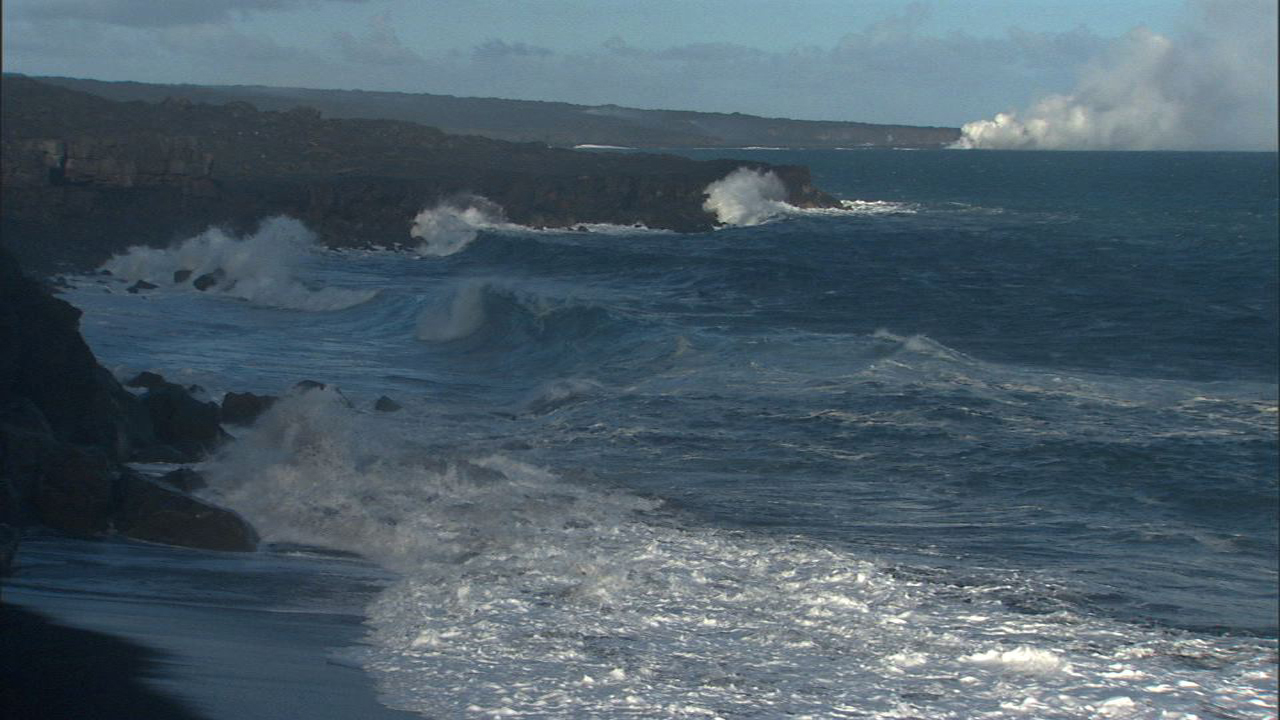
Amendment 21: A.3 Ocean Biology and Biogeochemistry: NSPIRES cover page issue and Delay of Proposal Due Date
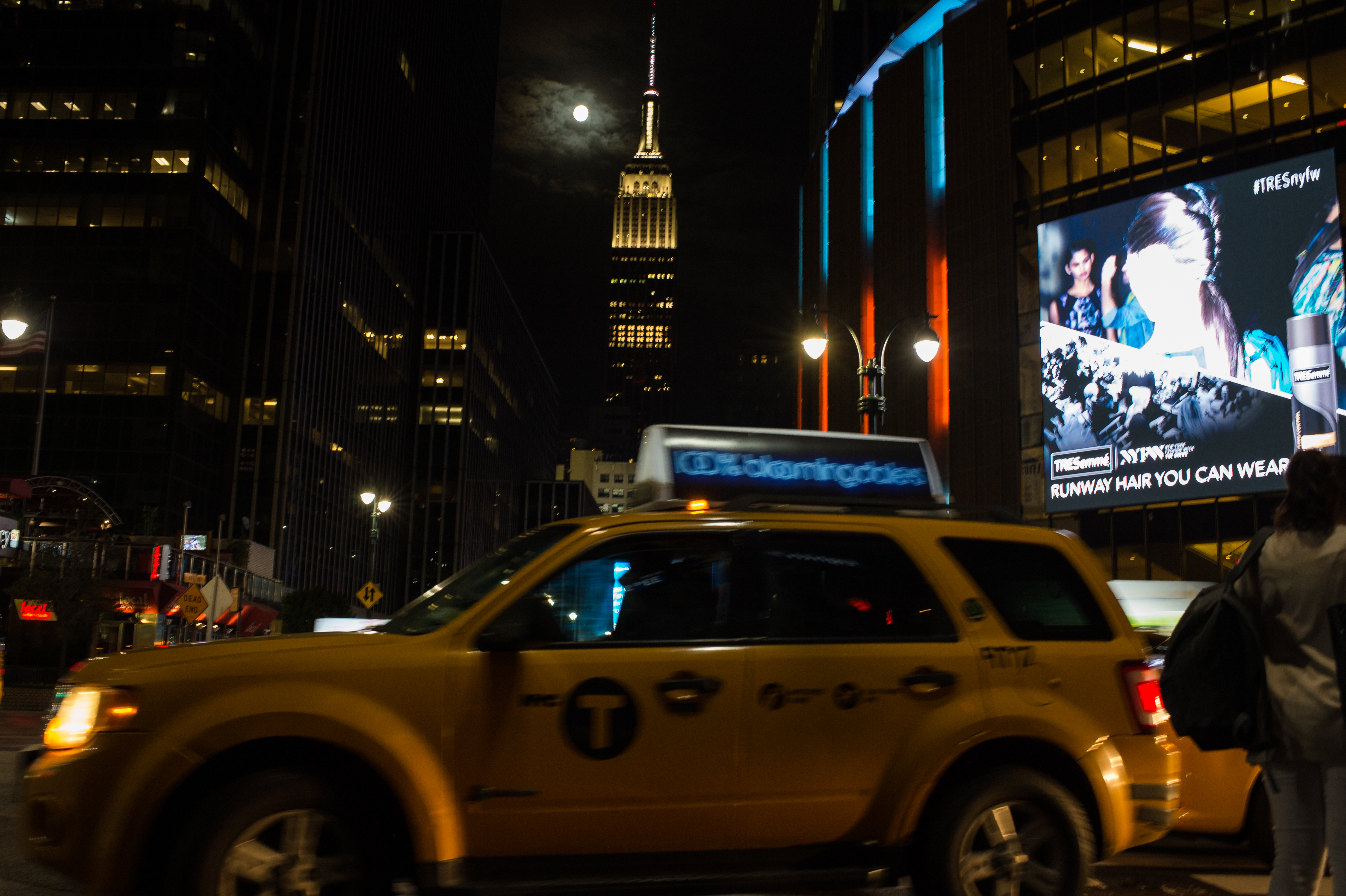
The Next Full Moon is the Strawberry Moon

NASA’s Perseverance Fords an Ancient River to Reach Science Target
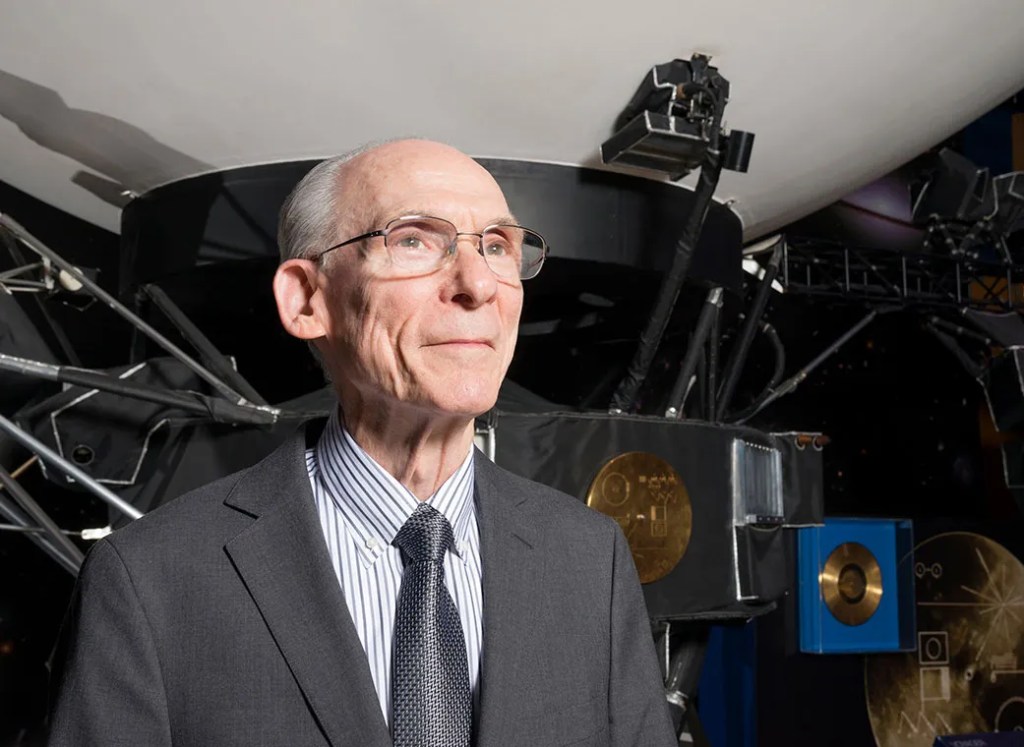
Ed Stone, Former Director of JPL, Voyager Project Scientist, Dies
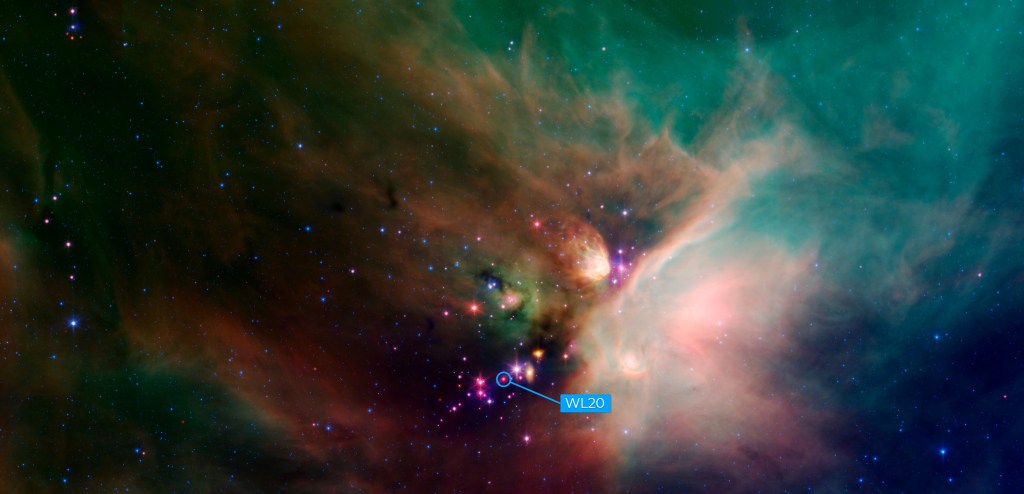
NASA’s Webb Reveals Long-Studied Star Is Actually Twins
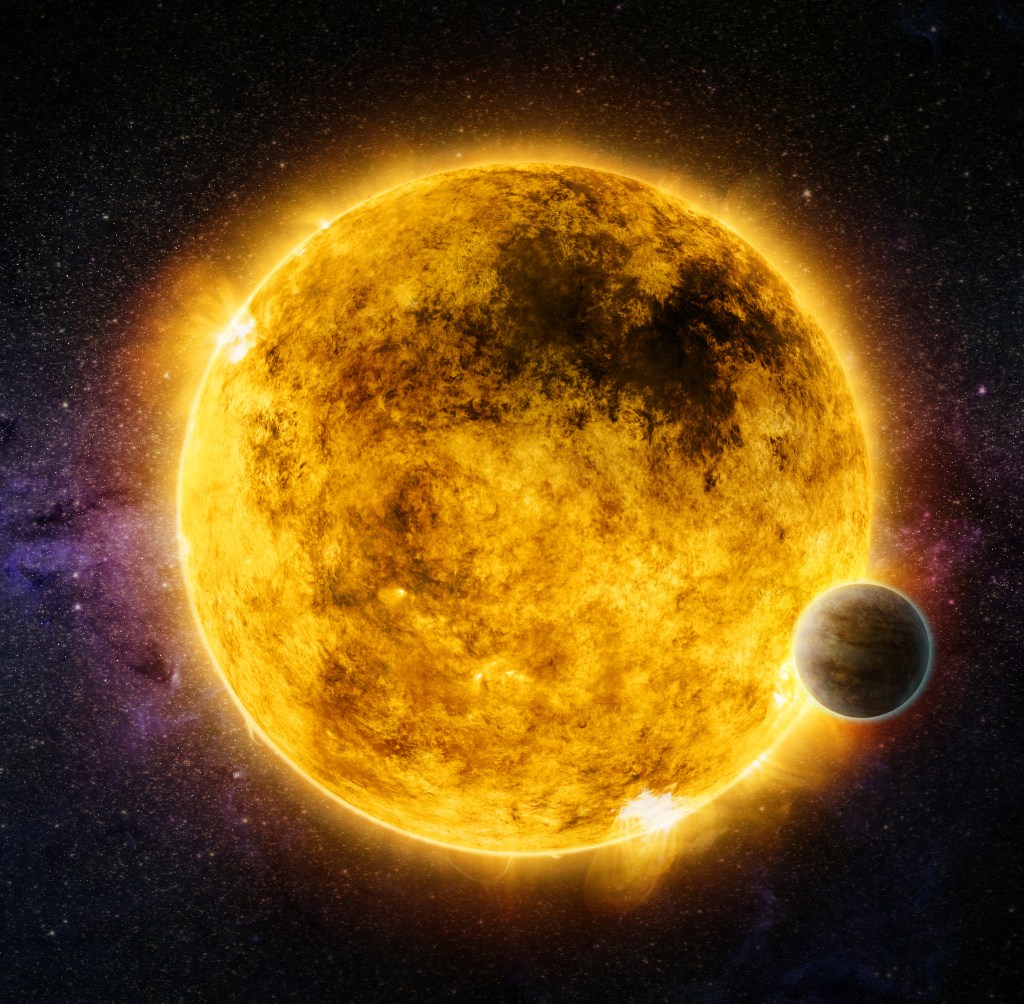
Coming in Hot — NASA’s Chandra Checks Habitability of Exoplanets
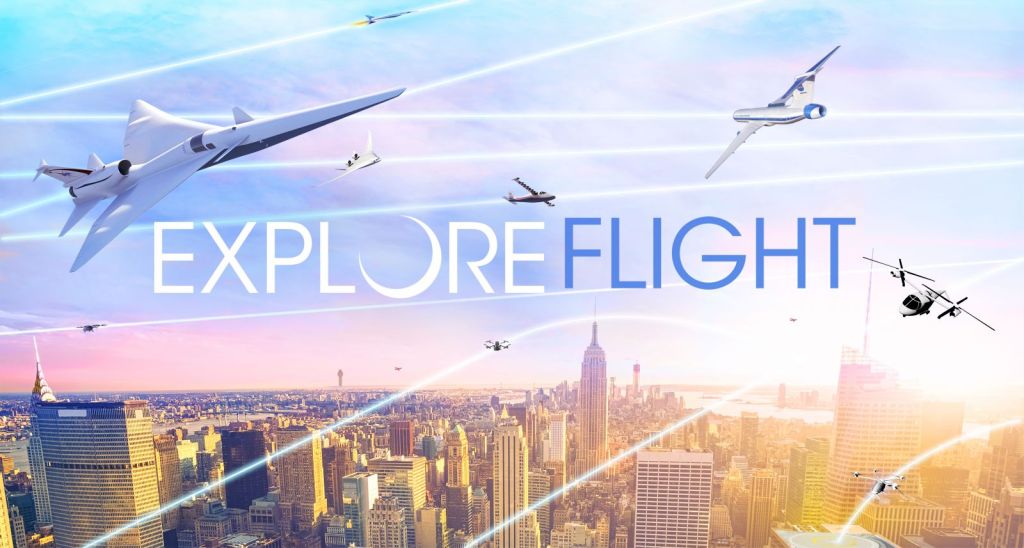
ARMD Solicitations
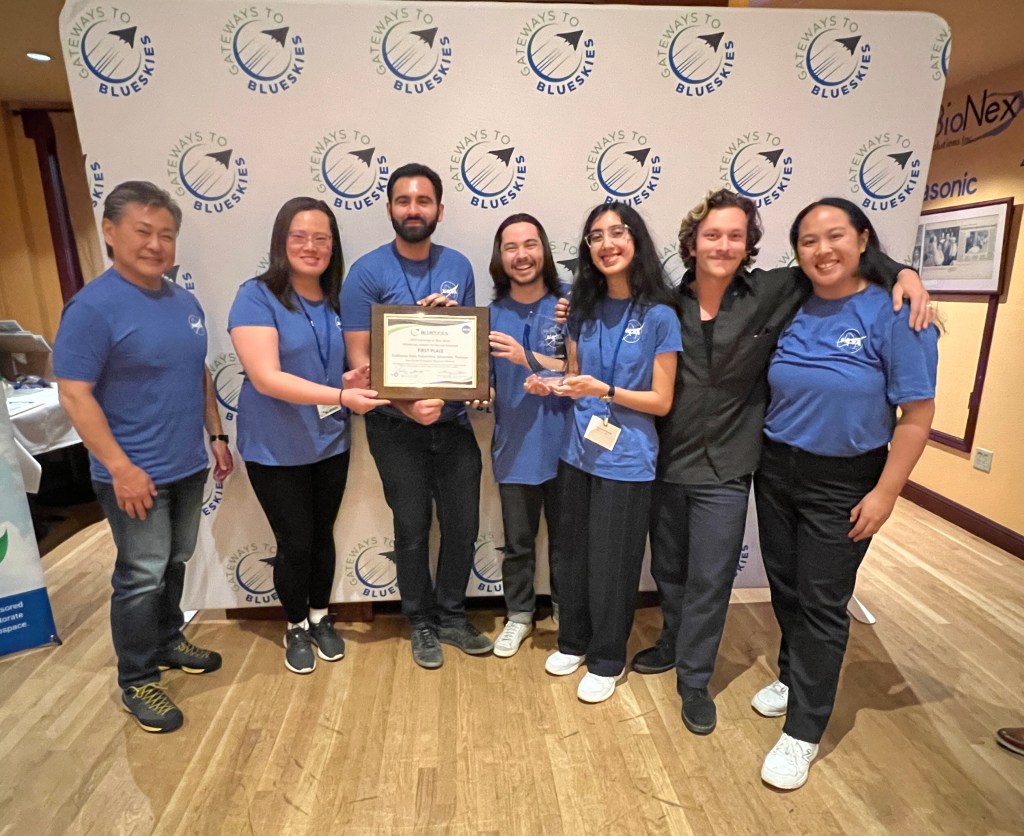
Winners Announced in Gateways to Blue Skies Aeronautics Competition


NASA, Industry to Start Designing More Sustainable Jet Engine Core
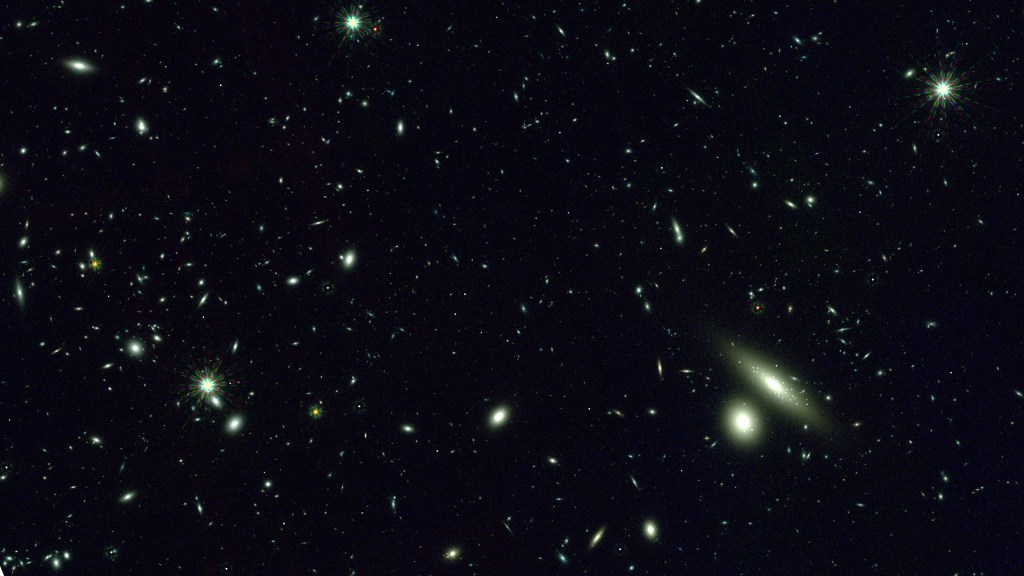
NASA’s Roman Mission Gets Cosmic ‘Sneak Peek’ From Supercomputers

Food Safety Program for Space Has Taken Over on Earth
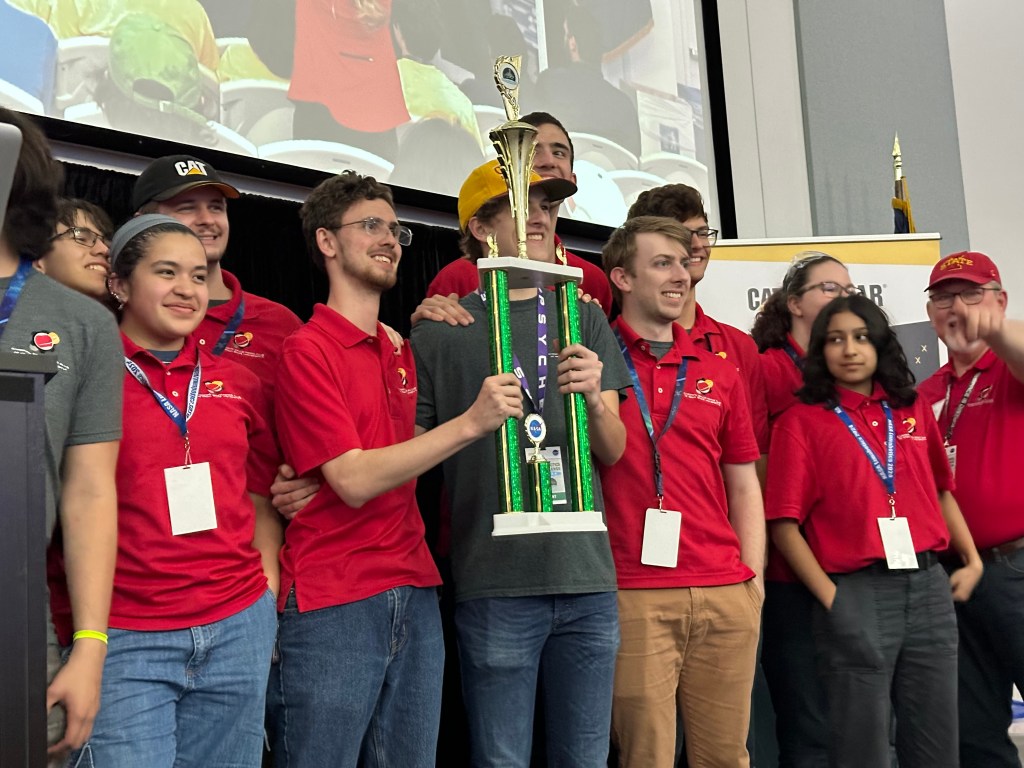
Artemis Generation Shines During NASA’s 2024 Lunabotics Challenge

NASA Joins National Space Council in Celebration of Black Space Week

Astronauta de la NASA Frank Rubio

Diez maneras en que los estudiantes pueden prepararse para ser astronautas

Astronauta de la NASA Marcos Berríos
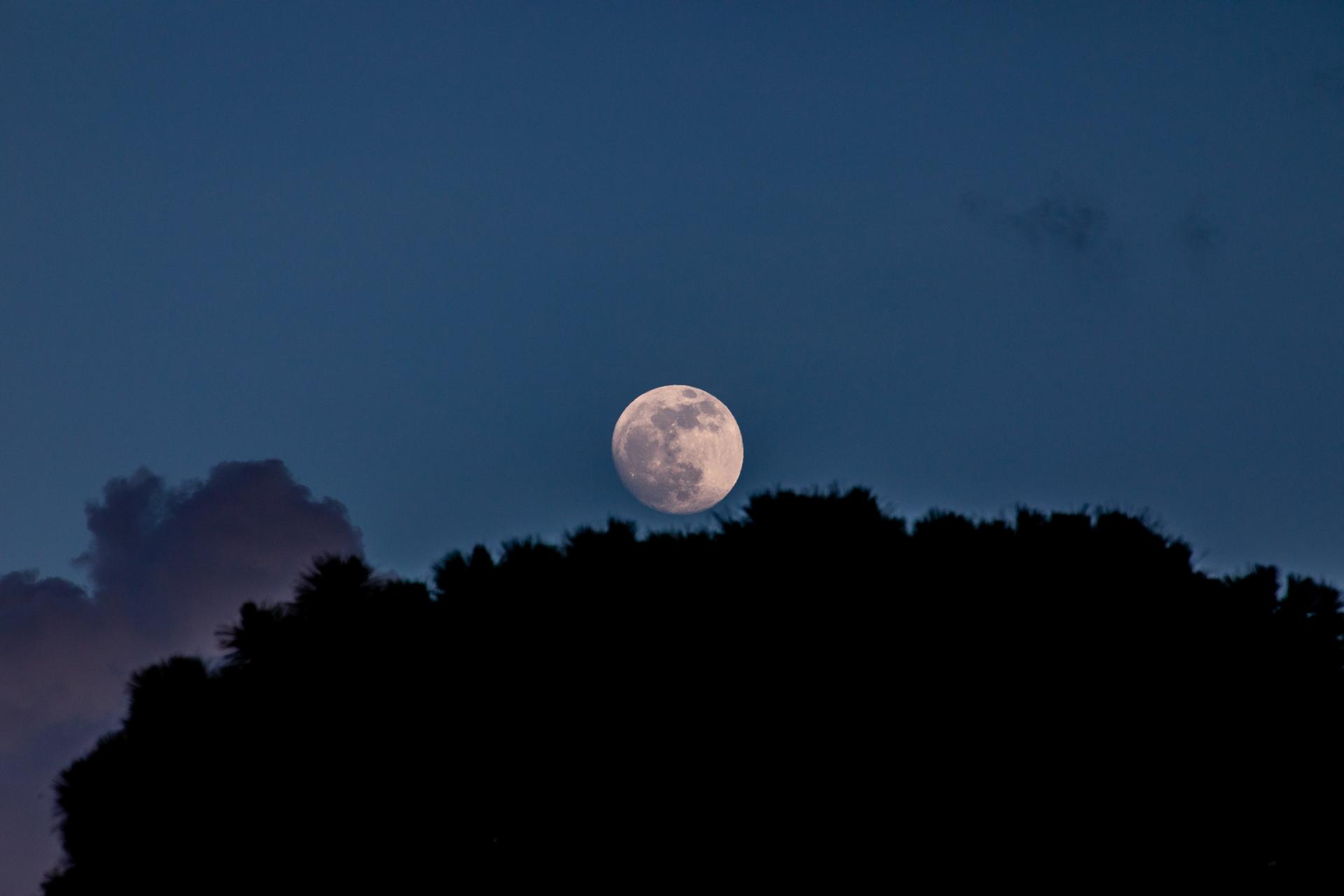
NASA at Home: Virtual Tours and Apps
NASA is exploring our solar system and beyond, uncovering worlds, stars, and cosmic mysteries near and far with our powerful fleet of space and ground-based missions.
Explore our facilities. View our laboratories. Enter our operations control centers.
We invite you to tour NASA virtually from the comfort of your home or convenience of your mobile device.
RS-25 Rocket Engine Testing : NASA’s Stennis Space Center in Mississippi conducted a series of RS-25 rocket engine hot fire tests for NASA’s Space Launch System, which is being built for missions beyond low-Earth orbit that will carry crew and cargo to the Moon and destinations beyond.
Commercial Crew Program 360-Degree Virtual Reality Tour : NASA’s Commercial Crew Program works with commercial partners to launch astronauts to the International Space Station from U.S. soil on American-built rockets and spacecraft . These immersive videos share the story of groundbreaking innovation borne of this government-industry partnership.
International Space Station Tour : The International Space Station is a unique scientific platform where astronauts conduct experiments across multiple disciplines of research – including Earth and space science, biology, human physiology, physical sciences, and technology demonstrations – that cannot be performed anywhere on Earth. In 2020, the station celebrated 20 years of a continuous human presence aboard the orbiting laboratory.
Operations Centers
Explore Goddard’s Clean Room : James Webb Space Telescope’s Communications Lead Laura Betz takes us behind the scenes inside the world’s largest clean room at NASA’s Goddard Space Flight Center in Greenbelt, Maryland. Explore where the Hubble Space Telescope was built and where its successor – the James Webb Space Telescope – was assembled . See the special gowning process engineers go through on a daily basis to enter this super clean environment. This tour gives you a 360-degree look from the unique filter wall to the storage of Webb’s 18 gold-plated mirrors. Check out Goddard’s Space Environment Simulator, a massive thermal vacuum chamber in which scientists and engineers cryotested the heart of the telescope, ISIM, by lowering the temperature of the structure to 42 Kelvin (-384.1 Fahrenheit or -231.1 Celsius) and below to ensure that it can withstand the frigid temperatures Webb will face 1 million miles out in space.
Robotic Operations Center (ROC) : This 360-degree view of Goddard’s Robotic Operations Center (ROC) shows off its unique hexapod robot, which helps engineers simulate the way a satellite moves in space. Drag the photo to explore the rest of the state-of-the-art facility. The ROC acts as an incubator for satellite servicing technologies that will allow for the repair, refueling, and upgrading of spacecraft. In this lab, robotic capabilities are tested in spacelike conditions before they are put to action in orbit.
Solar System
Planets of Other Stars
NASA’s Exoplanet Excursions : A guided journey through the amazing TRAPPIST-1 star system, known to be the home of seven Earth-size exoplanets orbiting a star that is only a little larger than Jupiter. This also includes tours of the Spitzer Space Telescope and the ability to control the telescope yourself.
Exoplanet Travel Bureau : Explore 360-degree visualizations of the surfaces of planets of other stars (and download free posters!). This works on desktops and mobile devices, and it is optimized for such viewers as Google Cardboard.
NASA Centers (with virtual tours)
NASA’s Ames Research Center Virtual Tour : NASA’s Ames Research Center in Silicon Valley, California, has led NASA in conducting world-class research and development in aeronautics, exploration technology, and science aligned with the center’s core capabilities.
NASA’s Armstrong Flight Research Center Virtual Tours : NASA’s Armstrong Flight Research Center in Edwards, California, is NASA’s primary center for high-risk, atmospheric flight research and test projects. For almost 75 years, research at Armstrong has led to major advancements and breakthroughs in the design and capabilities of many state-of-the-art civil and military aircraft.
NASA’s Glenn Research Center Virtual Tours : NASA’s Glenn Research Center in Cleveland designs and develops innovative technology to advance NASA’s missions in aeronautics and space exploration.
NASA’s Jet Propulsion Laboratory Virtual Tour : NASA’s Jet Propulsion Laboratory in Pasadena, California, is humanity’s leading center for exploring where humans cannot yet reach. Its spacecraft have flown to every planet and the Sun in a quest to understand our place in the universe, and to search for the possibility of life beyond Earth.
NASA’s Johnson Space Center Virtual Tour : NASA’s Johnson Space Center in Houston is home to mission control and astronaut training. It also leads International Space Station operations and expeditions, development of the Orion spacecraft, NASA’s Gateway outpost program, and numerous other advanced human exploration projects.
NASA’s Langley Research Center Virtual Tours : NASA’s Langley Research Center in Hampton, Virginia, works to make revolutionary improvements to aviation, expand understanding of Earth’s atmosphere and develop technology for space exploration. It was also where NASA mathematician Katherine Johnson worked.
Featured Apps
NASA selfie app : Put your photo in a virtual spacesuit in front of some of NASA’s most captivating space images. Access the NASA Selfie app for iOS or the NASA Selfie app for Google .
NASA app : This app offers news and multimedia from around the agency ; other applications focus on individual NASA projects or research areas.
Aircraft and Aeronautics
Aeronautics augmented reality app : Learn about NASA’s X-57 Maxwell, X-59 QueSST, and G-III Gulfstream aircraft through an app that brings them onto your mobile phone.
“Next Stop: The Stratosphere” : Explore SOFIA, NASA’s flying observatory, a Boeing 747SP aircraft modified to carry a 106-inch telescope. Scientists aboard SOFIA study stars, black holes, and more while flying between 38,000 and 45,000 feet.
Spacecraft augmented reality app : Learn about and interact with a variety of spacecraft that explore our solar system, study Earth, and observe the universe.
Browse more NASA apps and apps created by NASA’s Jet Propulsion Laboratory .
We encourage you to visit these sites for additional activities and resources:
NASA’s Artemis Program , NASA’s STEM Engagement , and NASA Kids’ Club
If you are interested in having a NASA speaker give a virtual presentation to your class or organization, visit the Speakers Bureau website and submit a request form.
Discover More Topics From NASA
NASA At Home
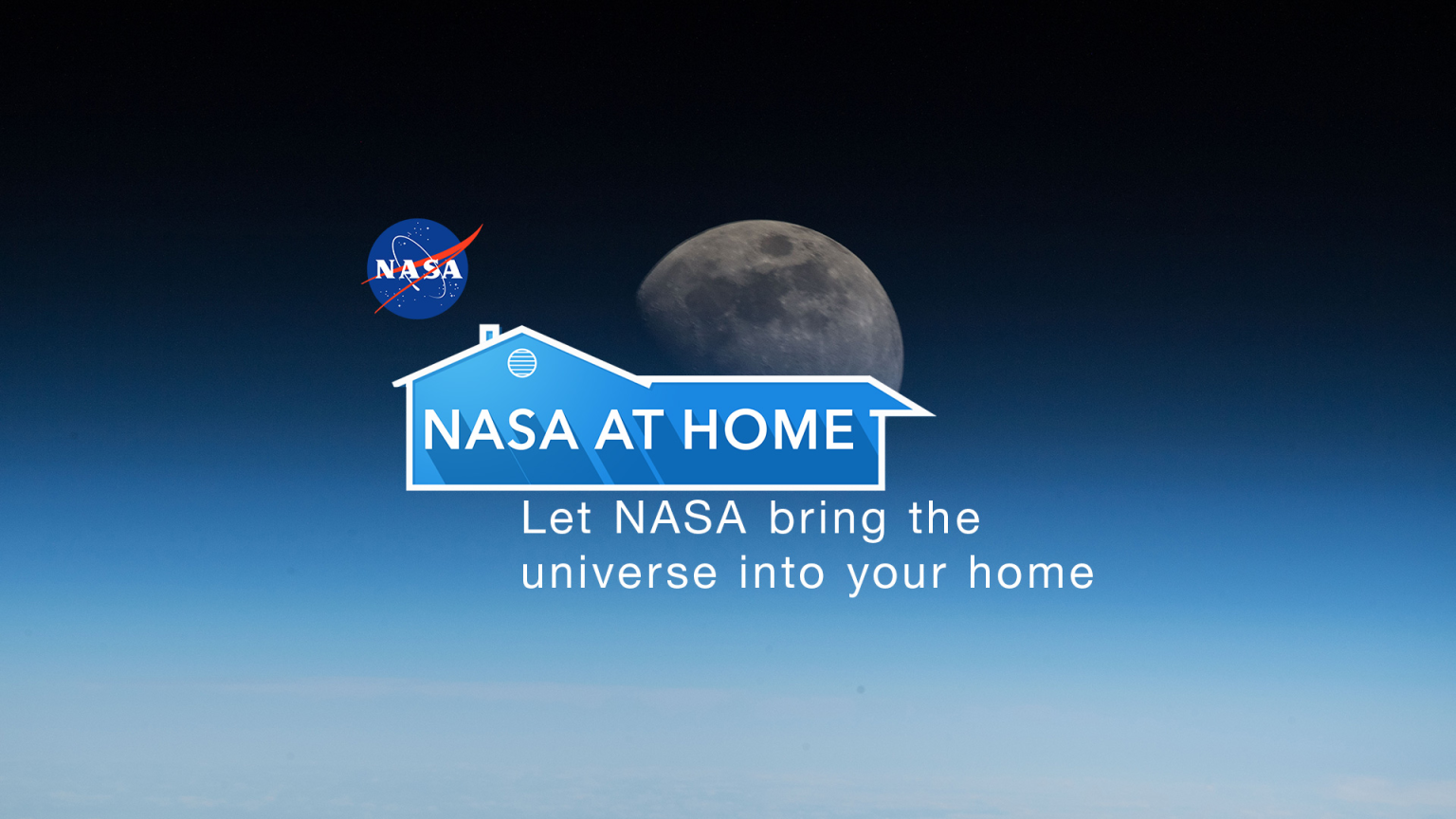
NASA at Home: For Kids and Families
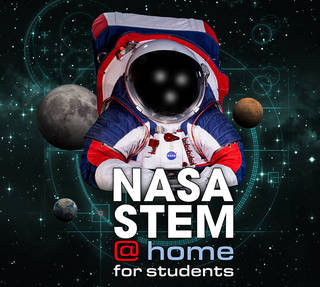
NASA at Home: Be a Scientist
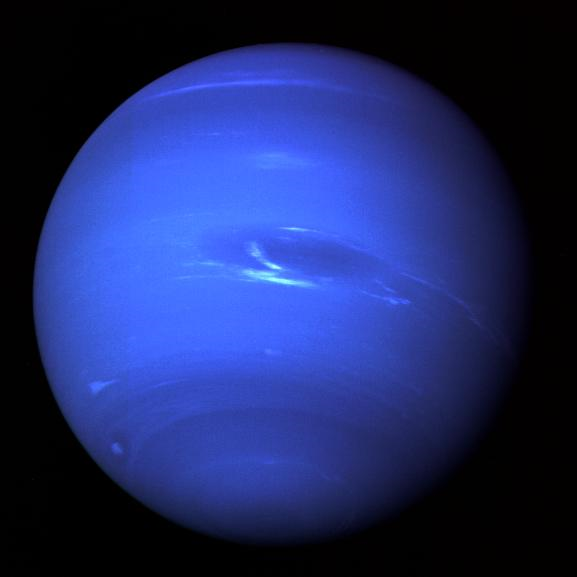
NASA at Home – E-books
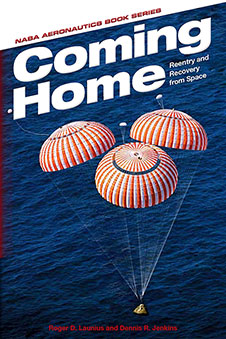

Fruit Ten Year Anniversary Tour Announced!
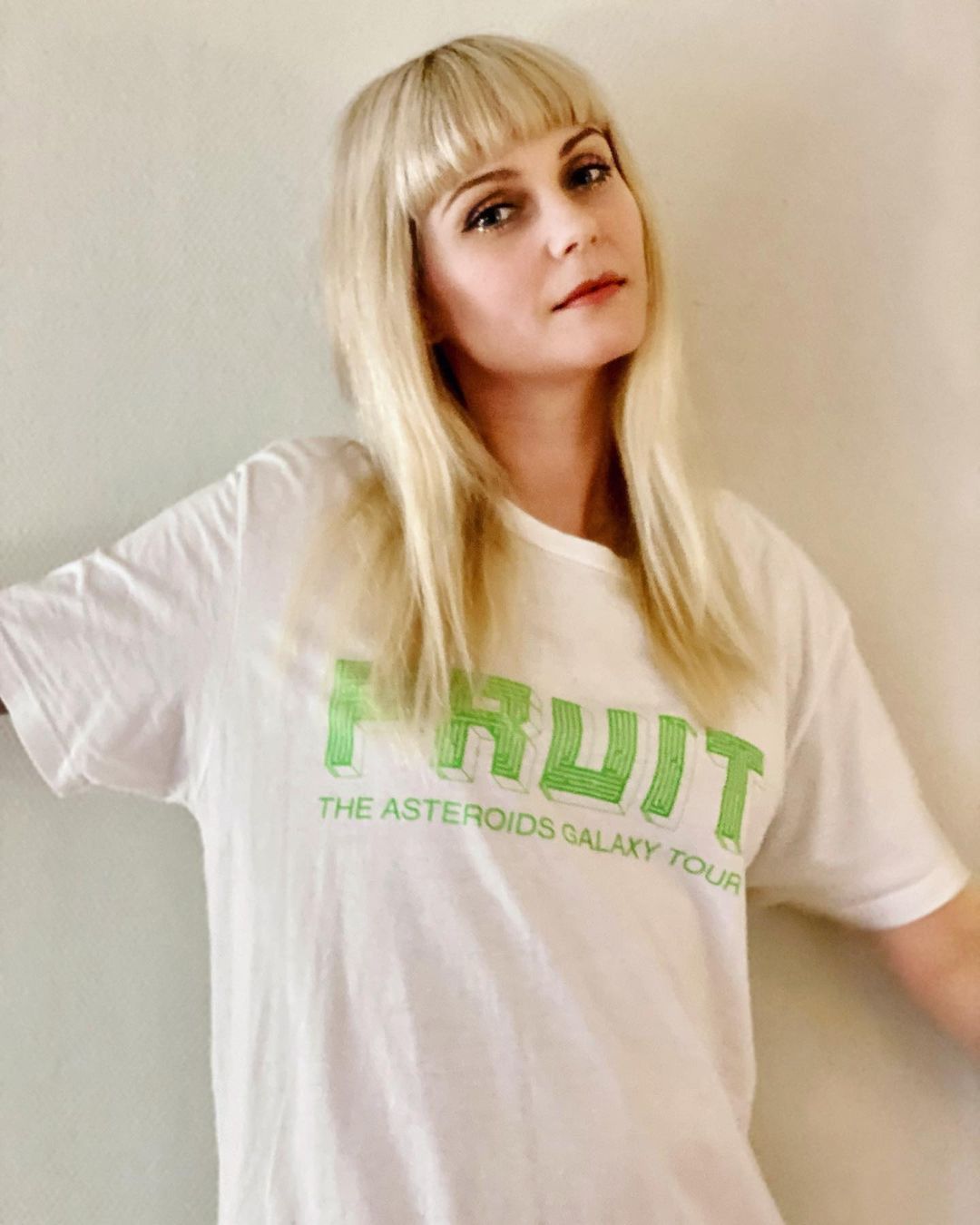
Thank you SO much for all the kind words, every comment… It means more to us than you can imagine 🙏🏽❤️🥰
>>ViNYL & MERCH NEWS<< We’ve got a lot of requests on how to get hold of vinyl and other merchandise, as our web shop has been out of function for a looong time!! The good news is that It’s up running again now 👾👾👾 We have gone through everything left in storage and found quite a few treasures, including brand new t-shirt designs from last years’ 10 year anniversary FRUiT EU tour, stuff we ONLY sold at the concerts, but also some old styles from way back. Go check it out, Christmas is coming :) All The LOVE //Mette💋 LiNK in biO🥳 #Merch #Tshirts #TheAsteroidsGalaxyTour #Music #CD #ViNYL (her: Copenhagen) https://www.instagram.com/p/CHfxkc9hMOX/?igshid=nxpnugloyb4w
- theasteroidsgalaxytour
- t 3 years ago

We know It’s been more than a while. Hope you have been well in this craziest of time, world changing pandemic, and that you are holding up, wherever you are. We want to let you know, that the reason for not being in touch with you in all these months is that we had decided to put Asteroids on hold for now.
All the years of touring with our music, sharing it with you, has simply been out of this world!!! We thank you from the bottom of our hearts for all the love and support you have shown us. You are the best friends an artist could wish for - Thank You ❤️
We are both working on new projects, but separately. We’ll update you on these in the near future. In the meantime please look after yourselves and stay safe!
All the Love // Lars & Mette (her: Copenhagen) https://www.instagram.com/p/CHDz5BdhCtw/?igshid=qbvsi0sad8ip

Just LANDED iN #Bratislava🛸Tonight 👉🏽 #MajesticMusicClub 💋#FRUiT10 #LiveMusic #YES 📸 from @efemko (Nice Place) (her: Bratislava, Slovakia) https://www.instagram.com/p/B4hzY5-h9eT/?igshid=1a9ek0fygjj9l
- bratislava🛸tonight
- majesticmusicclub
- t 4 years ago

🌷Ready for the last shows this year🌷#FRUiT10 0611#Bratislava(#MajesticMusicClub) 0711#Prague @lucernamusicbar #LiveMusic #TheAsteroidsGalaxyTour #OnTour #YES Hope Too seee YOU there 💋 //L&M https://www.instagram.com/p/B4f0pESBEO0/?igshid=ne8hzsvulkr4

This is @irie.wata (I wanna live in her world) 💘 She is one half of the AWESOME Girl team behind our music videos/single artwork for “BOY” and “Dynamite”. Other half 👉🏽 @someonespictures 🔥 #MusicVideo #Artwork #TheAsteroidsGalaxyTour #Team #YES https://www.instagram.com/p/B4SpUxdB8o6/?igshid=kwghlbwt4j9u
Amsterdam Tonight SOLD OUT - Just released 20 more tickets, available Online NOW🌹#FRUiT10 #LiveMusic #ParadisoNoord #YES (her: Paradiso Noord - Tolhuistuin) https://www.instagram.com/p/B4AJjILBFT3/?igshid=1a5s92wbmutr
- paradisonoord
S o u n c h e c k 🔮 @petitbain PARiS We play at 9:00 - See you there 💋#EuropeTour #LiveMusic #Paris #Tonight #theasteroidsgalaxytour #BringUsTogether #FRUiT10 (her: Petit Bain) https://www.instagram.com/p/B340YZLhw8z/?igshid=w8hgw4kib05s
- bringustogether

BAND🌹Tour start 👉🏽TONiGHT in #HAMBURG @molotowclub C U there 💋 #FRUiT10 #AGTLive #LiveMusic #Band #OnTour (her: Motorvejen Ved Fredericia) https://www.instagram.com/p/B3bx6jihlIV/?igshid=1btt4e29fqamu
💚October🔸LiVE🔸November💚 #Hamburg #Berlin #Paris #London #Groningen #Amsterdam #Budapest #Bratislava #Prague #YES #AGTLive #Tour #FRUiT10 #LiveMusic #TheAsteroidsGalaxyTour https://www.instagram.com/p/B3EKQVmBsRt/?igshid=1i4i529duvcbp
Get your TENG ON - Remix by @john_vincent 🙌🏾 feat. @wafandelife on the👉🎤Poppps TodaY 🔥 !!! Stream iT, Eat iT, Spin iT, Wear iT👽Copenhagen Love //Asteroids #LinkInBio #NewMusicFriday #Copenhagen #Remix #Wafande #JVC #JVCRemix #WaveTeng #HotIce #TheAsteroidsGalaxyTour #Music #NewRelease https://www.instagram.com/p/B0GI1GQhngS/?igshid=1mae6zro9udze
- newmusicfriday
N E W SiNGLE #DYNAMiTE OUT T O D A Y
BOOM B O O M Bubbly Bass and Dancing Feet 💥👟👟💥 Lyric video made by the amazing @irie.wata and @someonespictures 🙏🏼👏🏾🙌 LiNK iN BiO 🔝 All the Love // Asteroids 💚 https://www.instagram.com/p/BysDO2ghbgD/?igshid=1kj69mpcf3vmt
- t 5 years ago
The horns are BACK 🎺🎺🎺New Single out FRiDAY🍭Are you ready?👟👟 #AGTStudio #NewMusicFriday #Summer #Dance #YES 💋 (her: Vesterbro, Copenhagen) https://www.instagram.com/p/BykgPiLBkYi/?igshid=179fizl81teft

🍭🔜◽▫FRUiT is ON▫◽🔙🍭
We are F e e l i n g nostalgic. This September it’s gonna be 10 years since we released our first album FRUiT!!! SO blessed that this strange teenage dream of an anthem came to life and took us on a futuristic ride through space and time 🦵🏽🥁🌠🚀🌅🎺🦵🏽 Million Thanks to all of you sweet friends, who were a part of it then and all of you listening for the first time now. It truly warms our hearts every time reading a comment about how our music has made you feel through good times or bad, being young or getting older. Our music is for everyone and we love you ❤
To celebrate exclusively🕺🏽🕺🏼🕺🏽 we have put together a small and intimate club tour around Europe this fall. Tickets will go on sale this Friday morning at 10.00 am, keep an eye on this space! Can’t WAiT to see you all, hopefully more places coming up (all around the world🙃)…time will tell…
OCTOBER📡 Thu 10 👉🏼DE, Hamburg, @molotowclub Fri 11👉🏿DE, Berlin, @musikundfrieden Tue 22 👉🏾UK, London, @100club Thu 24👉NL, Amsterdam, @paradisoadam Sat 26👉🏻HU, Budapest, @akvariumklub
NOVEMBER📡 Wed 6👉🏿Slovakia, Bratislava @MajesticMusicClub Thu 7👉🏽Czech Rep Prague @lucernamusicbar
Feel free to share🙏🏽
The Love // Asteroids
PS. New Single just around the corner and a full album will hit you late 2019💥!! https://www.instagram.com/p/ByCiYjih8vw/?igshid=12992vhyqjx66
Got your “Wave Teng” ON for easter ?☀️🏄🏼♀️🎶 #NewSingle #WaveTeng #BeachLife #Getaway #GoListen #TheAsteroidsGalaxyTour @glitteronglitteroff @spoekmathambo @hoticelife https://www.instagram.com/p/Bwb0eiPBVmz/?utm_source=ig_tumblr_share&igshid=fsn9kov8byqj

- Arts & Photography
- Performing Arts

Enjoy fast, free delivery, exclusive deals, and award-winning movies & TV shows with Prime Try Prime and start saving today with fast, free delivery
Amazon Prime includes:
Fast, FREE Delivery is available to Prime members. To join, select "Try Amazon Prime and start saving today with Fast, FREE Delivery" below the Add to Cart button.
- Cardmembers earn 5% Back at Amazon.com with a Prime Credit Card.
- Unlimited Free Two-Day Delivery
- Streaming of thousands of movies and TV shows with limited ads on Prime Video.
- A Kindle book to borrow for free each month - with no due dates
- Listen to over 2 million songs and hundreds of playlists
- Unlimited photo storage with anywhere access
Important: Your credit card will NOT be charged when you start your free trial or if you cancel during the trial period. If you're happy with Amazon Prime, do nothing. At the end of the free trial, your membership will automatically upgrade to a monthly membership.
Buy new: .savingPriceOverride { color:#CC0C39!important; font-weight: 300!important; } .reinventMobileHeaderPrice { font-weight: 400; } #apex_offerDisplay_mobile_feature_div .reinventPriceSavingsPercentageMargin, #apex_offerDisplay_mobile_feature_div .reinventPricePriceToPayMargin { margin-right: 4px; } -12% $13.21 $ 13 . 21 FREE delivery Friday, June 21 on orders shipped by Amazon over $35 Ships from: Amazon.com Sold by: Amazon.com
Return this item for free.
Free returns are available for the shipping address you chose. You can return the item for any reason in new and unused condition: no shipping charges
- Go to your orders and start the return
- Select your preferred free shipping option
- Drop off and leave!
Save with Used - Acceptable .savingPriceOverride { color:#CC0C39!important; font-weight: 300!important; } .reinventMobileHeaderPrice { font-weight: 400; } #apex_offerDisplay_mobile_feature_div .reinventPriceSavingsPercentageMargin, #apex_offerDisplay_mobile_feature_div .reinventPricePriceToPayMargin { margin-right: 4px; } $9.46 $ 9 . 46 FREE delivery Monday, June 24 on orders shipped by Amazon over $35 Ships from: Amazon Sold by: The Lemonade Stand LLC

Download the free Kindle app and start reading Kindle books instantly on your smartphone, tablet, or computer - no Kindle device required .
Read instantly on your browser with Kindle for Web.
Using your mobile phone camera - scan the code below and download the Kindle app.

Image Unavailable

- To view this video download Flash Player
Follow the authors

The Longest Trek: My Tour of the Galaxy Paperback – July 1, 1998
Purchase options and add-ons.
- Print length 208 pages
- Language English
- Publisher Quill Driver Books
- Publication date July 1, 1998
- Dimensions 6.15 x 0.52 x 8.96 inches
- ISBN-10 1884956033
- ISBN-13 978-1884956034
- See all details

Frequently bought together

Customers who bought this item also bought

Editorial Reviews
From the author.
With love, GRACE LEE WHITNEY
Excerpt. © Reprinted by permission. All rights reserved.
Then he unbuckled his belt and unbuttoned his shirt. Suddenly I knew he was completely serious. This man had a lot of power over my future, and he expected me to come across. If I didn't-- At that moment, I had a sinking feeling of horror, a sense of impending doom.
Product details
- Publisher : Quill Driver Books; First Edition (July 1, 1998)
- Language : English
- Paperback : 208 pages
- ISBN-10 : 1884956033
- ISBN-13 : 978-1884956034
- Item Weight : 2.31 pounds
- Dimensions : 6.15 x 0.52 x 8.96 inches
- #53 in Science Fiction, Fantasy & Horror Television (Books)
- #243 in Television Performer Biographies
- #1,416 in Actor & Entertainer Biographies
About the authors
James denney.
Jim Denney writes about wonder.
His Timebenders series for young readers explores the wonders of the universe. “I wrote Battle Before Time and its sequels,” he said, “as a roller-coaster ride through time and space.”
In Walt’s Disneyland, Jim reveals the wonders of Walt Disney’s imagination. “Much of Walt’s original Disneyland is still there, waiting to be discovered,” he said. With Pat Williams, Jim also co-wrote How to Be Like Walt.
In Your Writing Mentor C.S. Lewis, Jim delves into the wonderful imagination of the creator of Narnia. Jim said, “Lewis produced a 60,000-word novel in 2 weeks, and wrote most of his novels in 6 to 12 weeks. This book explains how he did it.”
Jim has also written with Orlando Magic founder Pat Williams, Super Bowl champion Reggie White, and actress Grace Lee Whitney. He's a member of Science Fiction and Fantasy Writers Association (SFWA) and blogs at Writing in Overdrive (waltsdisneyland.wordpress.com/), Walt’s Disneyland (waltsdisneyland.wordpress.com/), and Patreon (www.patreon.com/jimdenney).
Grace Lee Whitney
Discover more of the author’s books, see similar authors, read author blogs and more
Customer reviews
Our goal is to make sure every review is trustworthy and useful. That's why we use both technology and human investigators to block fake reviews before customers ever see them. Learn more
We block Amazon accounts that violate our community guidelines. We also block sellers who buy reviews and take legal actions against parties who provide these reviews. Learn how to report
Reviews with images

- Sort reviews by Top reviews Most recent Top reviews
Top reviews from the United States
There was a problem filtering reviews right now. please try again later..
Top reviews from other countries
- Amazon Newsletter
- About Amazon
- Accessibility
- Sustainability
- Press Center
- Investor Relations
- Amazon Devices
- Amazon Science
- Sell on Amazon
- Sell apps on Amazon
- Supply to Amazon
- Protect & Build Your Brand
- Become an Affiliate
- Become a Delivery Driver
- Start a Package Delivery Business
- Advertise Your Products
- Self-Publish with Us
- Become an Amazon Hub Partner
- › See More Ways to Make Money
- Amazon Visa
- Amazon Store Card
- Amazon Secured Card
- Amazon Business Card
- Shop with Points
- Credit Card Marketplace
- Reload Your Balance
- Amazon Currency Converter
- Your Account
- Your Orders
- Shipping Rates & Policies
- Amazon Prime
- Returns & Replacements
- Manage Your Content and Devices
- Recalls and Product Safety Alerts
- Conditions of Use
- Privacy Notice
- Consumer Health Data Privacy Disclosure
- Your Ads Privacy Choices
It seems JavaScript is either disabled or not supported by your browser. To view this site, enable JavaScript by changing your browser options and try again.
Jump to main content
Tour of the Galaxy
Travel from Earth’s surface to the edge of the Milky Way galaxy to observe the planets and stars and learn about cosmic sizes and relative distances of some objects from Earth.
About This Video
Duration: 2.5 minutes Grade Level: 3rd-5th Next Generation Science Standards: 5-ESS1.A; Using Models; Obtaining, Evaluating, and Communicating Information; Analyzing and Interpreting Data; Engaging in Argument from Evidence
This resource was developed through WGBH’s Bringing the Universe to America’s Classrooms project, in collaboration with NASA.
- Before students engage with the media, have them consider what they think they would see if they were to fly in a spacecraft to the edge of the galaxy. Have them write or sketch a flight path, starting with their takeoff location on Earth. You might ask them to consider scale, specifically Earth’s place within the solar system and the larger galaxy.
- Have students watch the video twice. In the first viewing (note: the video is not narrated), students will get a gist of the content. In the second viewing, students can record observations and scientific questions about the content.
- Use the Your Cosmic Address slideshow to scaffold students through creating a diagram showing the relative scale and location of some objects found at each scale, starting with their town or city and expanding out to the galaxy.
- Students may use the data on sizes provided in the slideshow to create an infographic comparing objects at each scale, beginning with the United States and ending with the Milky Way.
- Can they develop and express an argument about the scale of the galaxy using evidence from their graphic?
Background for Educators
Earth may seem like a large place. People cannot easily cross the globe to explore different lands and sail from ocean to ocean. But zoom out past the atmosphere, and Earth soon begins to look small relative to the vastness of space and the many objects found in it.
Within the solar system, conventional units, such as miles or kilometers, can be used to describe distances. However, space is so expansive that it is not practical to use those units. The numbers would be too long! Instead, we use a light-year , or the distance that light travels in one year (about 5,880,000,000,000 miles or 9,460,000,000,000 kilometers). Several labels throughout the video show the viewer’s distance while traveling away from Earth using light-year units. For example, the label “Distance from Earth: 1 Light-Hour” appears at about 1:03, along with a view of several planets orbiting the Sun. That distance conveys that it takes 1 hour for the Sun’s light to reach that location. As the video continues, the viewer is taken beyond the orbiting planets of the solar system and through interstellar space to more than 10,000 light-years away from Earth.
The video at 1:23 shows the Sun’s true brightness compared with other stars within the galaxy that are visible from that location. Here, the Sun appears much larger and brighter than the other faraway stars, which look like tiny dots. As the distance continues to increase, the Sun appears smaller and less bright, until it fades from view at about 1:47.
In addition to the presence of space telescopes and probes (Voyager 1 being the farthest out; see 1:18 “The trajectories of our farthest spacecraft”), humans have created a footprint in space in the form of radio signals. The video at 1:54 shows a blue sphere that visually represents the limit of humanity’s strongest radio signals. The first radio signals strong enough to escape Earth’s atmosphere in the late-1930s have traveled fast and far, creating a radius of nearly 80 light-years. But even that distance, which is far beyond where our spacecraft have traveled, is a tiny fraction of the distance across the galaxy!
Far outside our solar system but within the Milky Way, other stars with known planets come into view (1:58). Here, it becomes clear that our solar system is just one of countless star systems. Statistical estimates suggest that each star in our galaxy has an average of one planet. That would mean our galaxy has about 1 trillion planets! The first exoplanet was discovered from an observatory in France in 1995. From that point, the search for more extrasolar planets took off. More than 3,700 exoplanets have been discovered. NASA has a few space telescopes, like Kepler, constantly scanning patches of space for distant planets.
As students observe images and read about the journey from North America to the edge of the Milky Way, they can begin to form a mental map of Earth’s place in the galaxy. They will also be able to expand their U.S. address into a cosmic address.

"Blue Marble" © 2002 NASA Earth Observatory
Students will practice being Earth to learn about how our orbit affects what we see.

"Solar System" © 2005 NASA-JPL
How much of outer space is just space?
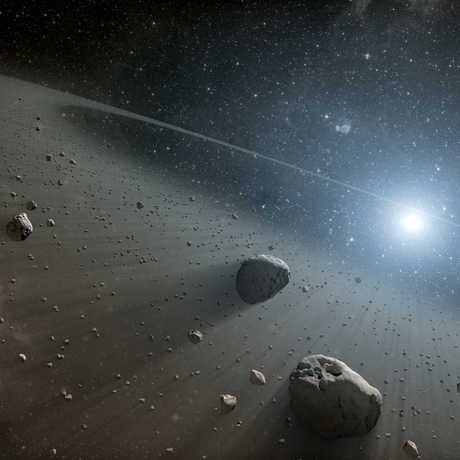
Let's compare the different objects in outer space!
Learn the benefit of using videos in the classroom, and browse resources to help you get started.
Our collection of educational videos will help your students visualize data and understand scientific concepts.
10 'breathtaking' photos of our galaxy from the 2024 Milky Way Photographer of the Year contest
From dangerous lion reserves to high mountain peaks, photographers go all out to capture the most spectacular images of our galaxy in this year's Milky Way Photographer of the Year competition.

The Milky Way has long fascinated humanity, covering the night sky with its familiar constellations and dense streams of stars. The full beauty of our galaxy is hard to see with the naked eye, but with the help of modern cameras, photographers can capture it in vibrant detail.
The annual Milky Way Photographer of the Year competition showcases awe-inspiring images that bring the greatness of our celestial home into view. Here, we explore our breathtaking galaxy through the lens of this year's winners.
"Lightning lake" — Tom Rae
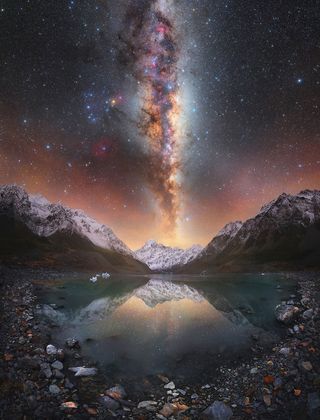
The bold ribbon of the Milky Way parts the sky as it strikes the peak of Aoraki / Mount Cook, the highest mountain in New Zealand. Tom Rae journeyed through a glacial valley to capture the glowing sky against the cyan-blue lake and icy terrain on a winter night.
"Lions den" — Lorenzo Ranieri Tenti
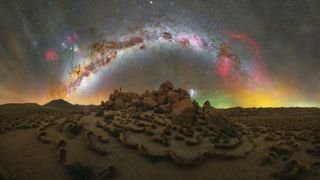
Lorenzo Ranieri Tenti took this captivating image of the multicolored hues of the Milky Way in the night sky. This image was taken at a mountain lion reserve in the Atacama Desert in Chile — home to several astronomical telescopes, including the forthcoming Vera C. Rubin Observatory, as well as cougars ( Puma concolor ).
"Atmospheric fireworks" — Julien Looten
As if taken in the center of a bubble, this panoramic image captures the entire arc of the Milky Way alongside a stunning airglow that lights up the night sky in the southwest of France.
Julien Looten took and merged panoramic photos of 40 different exposures to capture the multicolored bands. "This natural phenomenon occurs due to a chemical reaction in the upper atmosphere, emitting faint light known as chemiluminescence," Looten said in a statement .
Related: Some of the oldest stars in the universe found hiding near the Milky Way's edge — and they may not be alone
Sign up for the Live Science daily newsletter now
Get the world’s most fascinating discoveries delivered straight to your inbox.
"Blooming bottle tree" — Rositsa Dimitrova
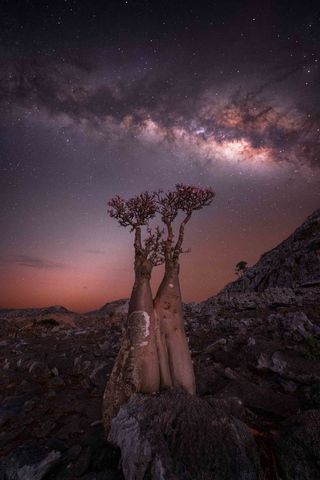
This stunning photo captures the Milky Way above a blooming bottle tree ( Adenium socotranum) — a tree endemic to Socotra island in Yemen.
Rositsa Dimitrova took advantage of the island's total lack of light pollution to capture this spectacular photo. "The night sky in Socotra is categorized as Bortle 1 on the dark sky scale — the darkest you can possibly get," Dimitrova said in the statement.
"The vanity of life" — Mihail Minkov

In Jordan's Wadi Rum Desert, also known as the Valley of the Moon, Mihal Minkov captured a lone figure in an otherworldly landscape. Overhead, the shining stars of the Milky Way shimmer.
"Starry hoodoo wonderland" — Stephanie Thi

Photographed over Kanab, Utah, the Milky Way covers the sky above a scenic landscape of balanced rock formations, known as hoodoos. These toadstool formations are shaped over millions of years by erosion.
"Starlight therapy" — Kavan Chay
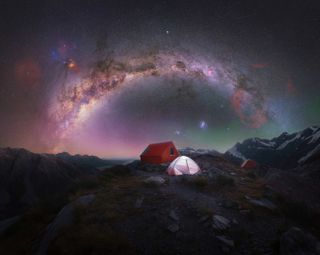
In this stunning photograph, the Milky Way arches gracefully over some campers on the rugged mountain of Aoraki / Mount Cook. Kavan Chay made the ascent to camp under the ethereal glow of the night sky — a scene he described as "breathtaking" in the statement.
"Road to winter paradise" — Andrea Curzi

Above the high mountain pass of Passo Giau in Italy, the luminous band of the Milky Way shines down on the untouched, snow-covered ground. Andrea Curzi captured this approximately 300-degree field of view of the galaxy while temperatures were at a frigid 17 degrees Fahrenheit (minus 8 degrees Celsius).
"The celestial symphony above a high desert lagoon" — Kerry-Ann Lecky Hepburn
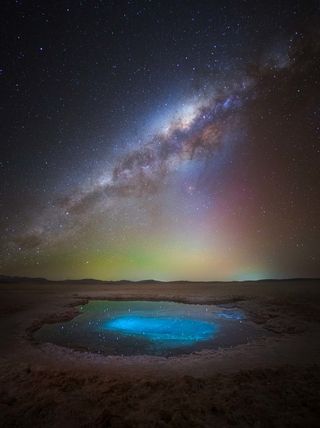
In this image, taken at about 15,000 feet (4,500 meters) above sea level, a calm lagoon glows under a tapestry of the Milky Way's stars in the Atacama Desert. Kerry-Ann Lecky Hepburn noticed that during the day the sun's beams bounced off the pool of water and replicated this by using a flashlight to capture the magical scene at night.
"Milky Way at morning glory pool" — Jerry Zhang

— Space photo of the week: 'God's Hand' leaves astronomers scratching their heads
— Most massive stellar black hole in the Milky Way discovered 'extremely close' to Earth
— Group of 60 ultra-faint stars orbiting the Milky Way could be new type of galaxy never seen before
In this image, dense stars reflect off of the renowned Morning Glory hot spring in Yellowstone National Park. The pool mirrors the constellations Scorpius and Antares.
The hot spring was named for its likeness to a colorful flower. But its famous crystal blue waters have changed to a bright green because of pollution, Zhang said in the statement.
To see the full list of winners, check out the official Milky Way Photographer of the Year website.
Elise studied marine biology at the University of Portsmouth in the U.K. She has worked as a freelance journalist focusing on the aquatic realm. Elise is working with Live Science through Future Academy, a program to train future journalists on best practices in the field.
NASA will put a 'new star' in the sky by the end of the decade in 1st-of-its-kind mission
James Webb telescope discovers most distant supernova ever seen
Orangutan 'stoically waits' for tourists in award-winning photograph 'See No Evil'
Most Popular
- 2 James Webb telescope finds carbon at the dawn of the universe, challenging our understanding of when life could have emerged
- 3 Mysterious 'hole' on Mars could be future home for astronauts
- 4 7 potential 'alien megastructures' spotted in our galaxy are not what they seem
- 5 Pink dolphins spotted with baby from completely different species in 'mystery' encounter
- 2 The 1st 'major lunar standstill' in more than 18 years is about to occur. Here's how to see it.
- 3 Mysterious 4,000-year-old 'palace' with maze-like walls found on Greek island of Crete
- 4 2,500-year-old slate containing drawings of battle scenes and paleo-alphabet discovered in Spain
- 5 New RSV shots tied to rare nervous system disorder — should you worry?
- THE ACOLYTE
- THE BAD BATCH
- THE HIGH REPUBLIC
- QUIZZES + POLLS
- BOOKS + COMICS
- THIS WEEK! IN STAR WARS
- The Acolyte
- The Bad Batch
- The Mandalorian
- Star Wars Outlaws
- Games + Apps
- VR + Immersive
- ALL DATABANK
- THE DISNEY BUNDLE
STAR WARS: THE ACOLYTE | NOW STREAMING ON DISNEY+

Official Timeline: The Eras of Star Wars
Every saga has a beginning, middle, and end. The stories of the galaxy far, far away span thousands of years, with eras defined along a mythological timeline giving context to its past, present, and future. As Star Wars continues to expand and evolve, these eras provide a sense of scope to an epic tale still being told.
Dawn Of The Jedi
The old republic.
The Republic is founded among the worlds of the Galactic Core, and the Jedi Order emerges to protect it. A schism within the Jedi leads to the creation of the Sith in this epic era.
The High Republic
Under the protection of the Jedi Knights and the wise rule of the Senate , the Republic grows into a golden age. The vast Outer Rim beckons the intrepid seeking to discover new worlds and spread the optimism of the Republic.
Fall of the Jedi
A long forgotten menace returns as a Sith lord orchestrates a devastating conflict, plunging the galaxy into full scale war with the Jedi Knights at the frontlines.
Reign of the Empire
Through treachery and deception, the Galactic Empire rules unchallenged and grows in military might. A scant few Jedi survivors retreat into the shadows as they are hunted down mercilessly.
Age of Rebellion
Outnumbered, the Rebellion spreads across the galaxy. Rebel heroes fan the flickering light of hope in a heroic stand against the evil Galactic Empire .
The New Republic
The Empire has been defeated, and the emergent New Republic faces the great challenge of rebuilding and reuniting the galaxy. It is a tentative and fragile peace, threatened by the remnants of the Empire.
Rise of the First Order
In secret, the legacy of the Empire transforms into the First Order and strikes a devastating blow against the New Republic . A fledgling Resistance and new generation of heroes are left to stand against a resurrected enemy.
New Jedi Order
TM & © Lucasfilm Ltd. All Rights Reserved

COMMENTS
Tour the Galaxy is a mission that requires the player to race around the Alpha and Beta Quadrants within the 15 minute time limit. This guide uses a suggested route for Federation and Federation-aligned characters, which can be completed in under 15 minutes, allowing for a couple of mistakes. While there are a few ways of completing the tour ...
ViewSpace is a free, web-based collection of digital interactives and videos highlighting the latest developments in astronomy and Earth science. ViewSpace gives you the opportunity to explore our planet, solar system, galaxy, and universe. Provided free with the support of NASA, ViewSpace is developed by a team of scientists, educators, and ...
Tour the Galaxy is a great way to earn easy Energy Credit in Star Trek Online. A few months a go the mission was updated with new destinations, so in this v...
Tour the galaxy is great to create ec for ships. On a few of my chars ive managed to buy kelvin dread and undine nicor , and few hours ago bought the saucer lukari for 5 mil. So if you spend time liking tour the galaxy you will find what works T6 oddy ( worth the zen spend as it account unlock) and or Temporal ships t6.
First, the equipment. The recommended equipment to complete the Tour are the following ones: Adapted M.A.C.O. engines on the Epic level (to acquire them, you must first get the normal M.A.C.O. set from the Omega reputation to unlock the adapted version), the Gamma Synergistic Overcharged warp core from the Gamma reputation at tier 1 (that core ...
The vesta has 60 seconds of slipstream followed by a 2 minute cooldown. With gear I believe that cooldown can be reduced to 45 seconds-ish. So out of a 2 minute period, a miracle worker ship is going to spend considerable longer in slipstream. And over the course of an entire tour the galaxy, that gap will grow even further.
Explore the solar system with NASA's Eyes, an interactive web app that lets you simulate the orbits and movements of planets, moons, asteroids, and spacecraft. You can zoom in and out, change the speed and direction of time, and view the solar system from different perspectives. Learn about the missions that explore our cosmic neighborhood and discover the wonders of the sun, Earth, and other ...
Analysis. Via tells the reader that August is the sun, while she, Mom, and Dad are just planets orbiting around him. Daisy the dog is the only being in the Pullman house who doesn't orbit August, and that's because she's a dog. Via says that she's used to it; she's always understood that August has special needs, and she shouldn't expect extra ...
Depart Earth's surface and fly through the solar system to the edge of the Milky Way, discovering objects at increasingly distant locations from Earth.-
A 2.5-minute tour of the galaxy. Rise above the Great Lakes in North America and out into space, departing Earth, rising out beyond the moon, and further out through the solar system and the Milky Way, our home galaxy. This wordless CalAcademy video takes us on an animated Tour of the Galaxy as we travel farther and farther from our planet.
Tour the Galaxy / Targak's Challenge is a daily mission in which you are charged to explore every Sector Block in the game. Starting and ending at Earth / Qo'noS the player must race across the Galaxy to earn rewards! The player earns, EC, Exploration, Trade, Recruitment and Development XP from traveling the Galaxy in under 15 minutes. There are no accolades specific to this mission ...
Tour the Galaxy remains a popular way to make up to 1.25 million EC daily, but you must have a fast ship and an efficient route. There are many methods to complete the Tour. Here is cheap-to-play approach that works! Most of the route maps on the internet are out of date because Cryptic added the Delta and Gamma Quadrants in 2022, but this route is current.
The Spitzer team previously released an image compilation showing 130 degrees of our galaxy, focused on its hub. The new 360-degree view will guide NASA's upcoming James Webb Space Telescope to the most interesting sites of star-formation, where it will make even more detailed infrared observations. Some sections of the GLIMPSE mosaic include ...
The Milky Way is surrounded by more than 50 near neighbour galaxies that make up the Local Group. The two largest galaxies are us and Andromeda, but we also ...
Travel from Earth's surface to the edge of the Milky Way galaxy to observe the planets and stars and learn about cosmic sizes and relative distances of some objects from Earth. This resource provides opportunities for students to observe and ask scientific questions about Earth's place in the galaxy and the major features found within it.
In July 2022, NASA's James Webb Space Telescope observed El Gordo, a galaxy cluster that existed 6.2 billion years after the big bang. It was selected as the most massive galaxy cluster known at that time in cosmic history. The resulting image reveals a variety of gravitationally lensed galaxies, including striking objects nicknamed the ...
Should add Captain Yim as the start/finish line like back in the day. ok so I've done the updated Tour of the Galaxy and found the best possible missions to use to transwarp to Delta and Gamma Quadrants to get maximum value (closest system to where your next destination is) *Delta Quadrant* Instead of using Mission "Dust to Dust" to get to ...
We're at EPCOT this morning for the first Annual Passholder previews for Guardians of the Galaxy: Cosmic Rewind! We've got a full photo and video tour of the entire experience from entry to exit at the Wonders of Xandar pavilion. Climb aboard a Starjumper with us and let's save the galaxy.
Commercial Crew Program 360-Degree Virtual Reality Tour : NASA's Commercial Crew Program works with commercial partners to launch astronauts to the International Space Station from U.S. soil on American-built rockets and spacecraft. These immersive videos share the story of groundbreaking innovation borne of this government-industry partnership.
The good news is that It's up running again now We have gone through everything left in storage and found quite a few treasures, including brand new t-shirt designs from last years' 10 year anniversary FRUiT EU tour, stuff we ONLY sold at the concerts, but also some old styles from way back. Go check it out, Christmas is coming :)
Whitney talks in depth about her horrific spiral through all of the seven deadly sins and eventual spiritual salvation in her frank autobiography, "The Longest Trek: My Tour of the Galaxy." ... The name of Whitney's book refers both to her short stint as a member of the original "Star Trek" cast in 1966 and her current belief she has risen out ...
The video at 1:54 shows a blue sphere that visually represents the limit of humanity's strongest radio signals. The first radio signals strong enough to escape Earth's atmosphere in the late-1930s have traveled fast and far, creating a radius of nearly 80 light-years. But even that distance, which is far beyond where our spacecraft have ...
And it's no wonder! It's a fascinating look at the planets in our solar system as they move through space. The simulation covers about 20 years, and the viewpoint is approximately 238 ...
(Image credit: Kerry-Ann Lecky Hepburn) In this image, taken at about 15,000 feet (4,500 meters) above sea level, a calm lagoon glows under a tapestry of the Milky Way's stars in the Atacama Desert.
The first station will be held at the Galaxy Arena in Macau from August 30th to 31st. Please pay close attention to more detailed information! 2024 K-Pop Concerts and Tours Guide >> TXT Macau Concert Details. 2024 TOMORROW X TOGETHER WORLD TOUR [ACT : PROMISE] IN MACAU; Date: 30-31 Aug 2024; Venue: Galaxy Arena; Ticket Details. Stay tuned!
The two frequent recommendations for impulse engines for galaxy touring are the omega and the adapted maco (a.k.a. the klingon honor guard) engines. With both upgraded to Mk XV epic, the adapted maco is slightly quicker both inside and outside of quantum slipstream drive. The difference is slight, but noticeable.
Official Timeline: The Eras of. Star Wars. Every saga has a beginning, middle, and end. The stories of the galaxy far, far away span thousands of years, with eras defined along a mythological timeline giving context to its past, present, and future. As Star Wars continues to expand and evolve, these eras provide a sense of scope to an epic tale ...
Maintenance And Complexity. Keeping product tours up-to-date with every software update can be challenging. Take the previous example of the no-code tools. This type of software is in rapid ...
Archons rise to the challenge in Baltimore, MD continuing the run through Vault Tour 2024. Be sure to check out all the action across the weekend!KEYFORGE GO...
CommuniCore Hall will be home to a permanent Mickey & Friends meet and greet. Here, guests will have the opportunity to meet some of their favorite Disney characters, such as Mickey, Minnie, and Goofy. The walk in continues the EPCOT imagery from the mural outside. The hall to the meet and greet areas features the retired Universe of Energy ...